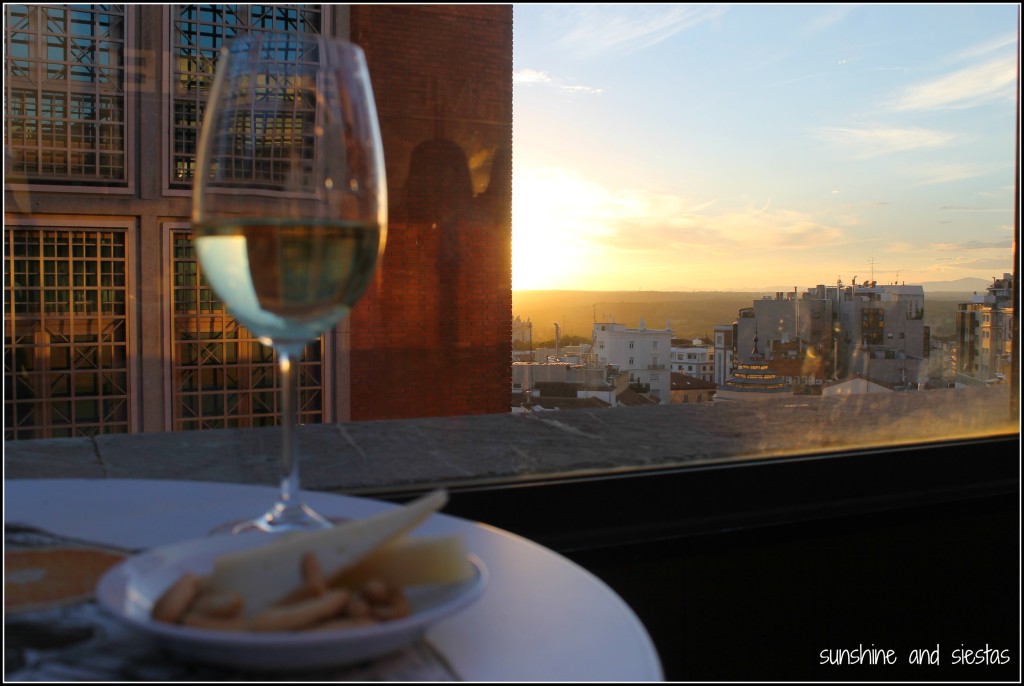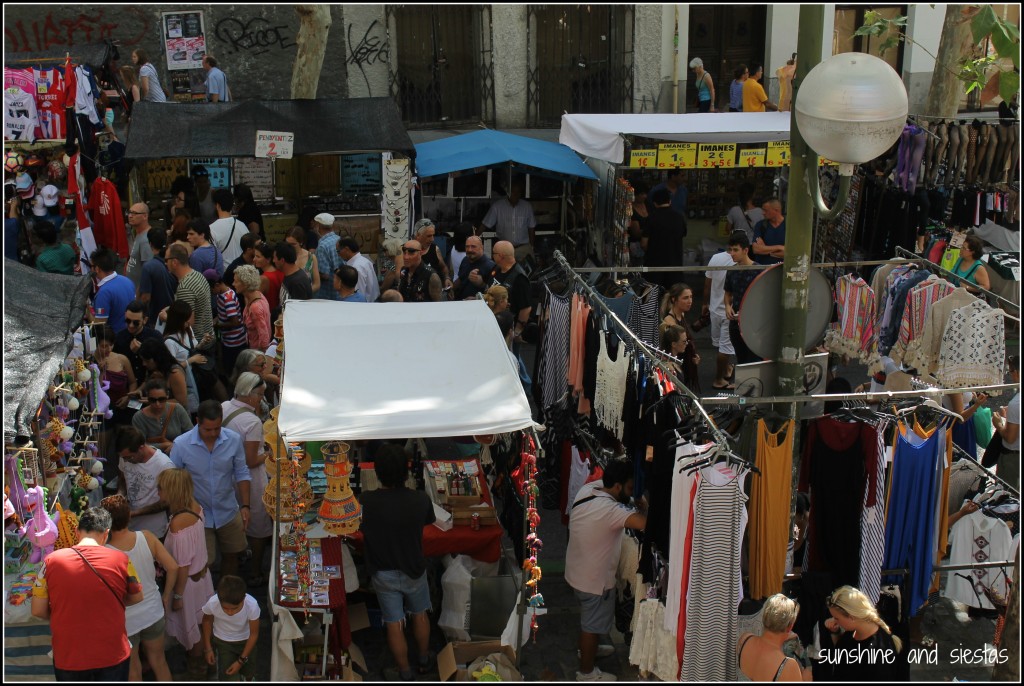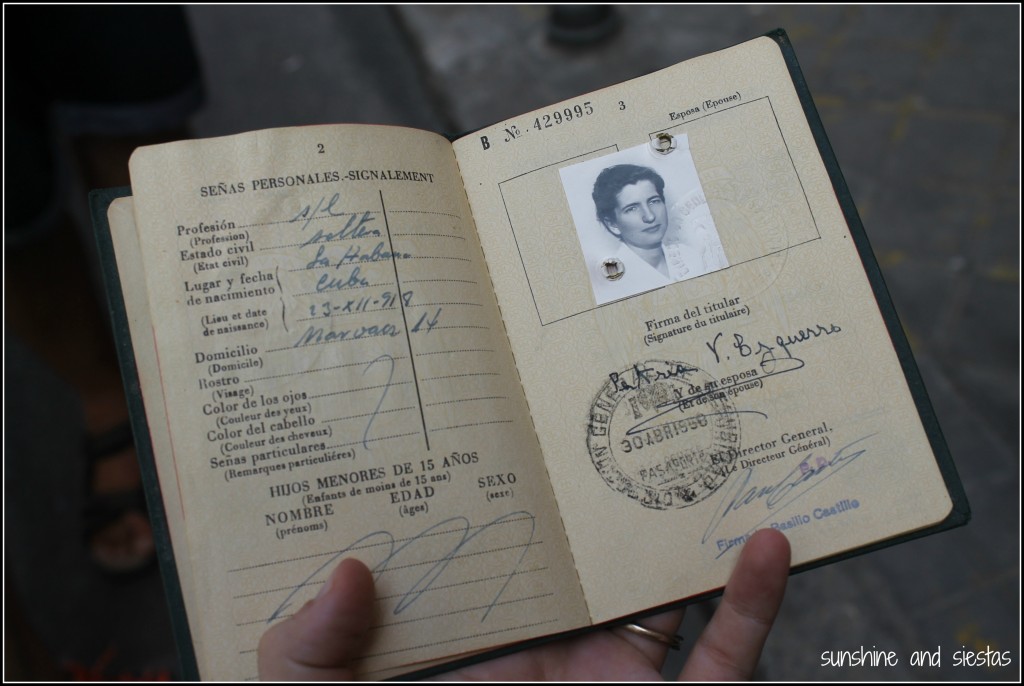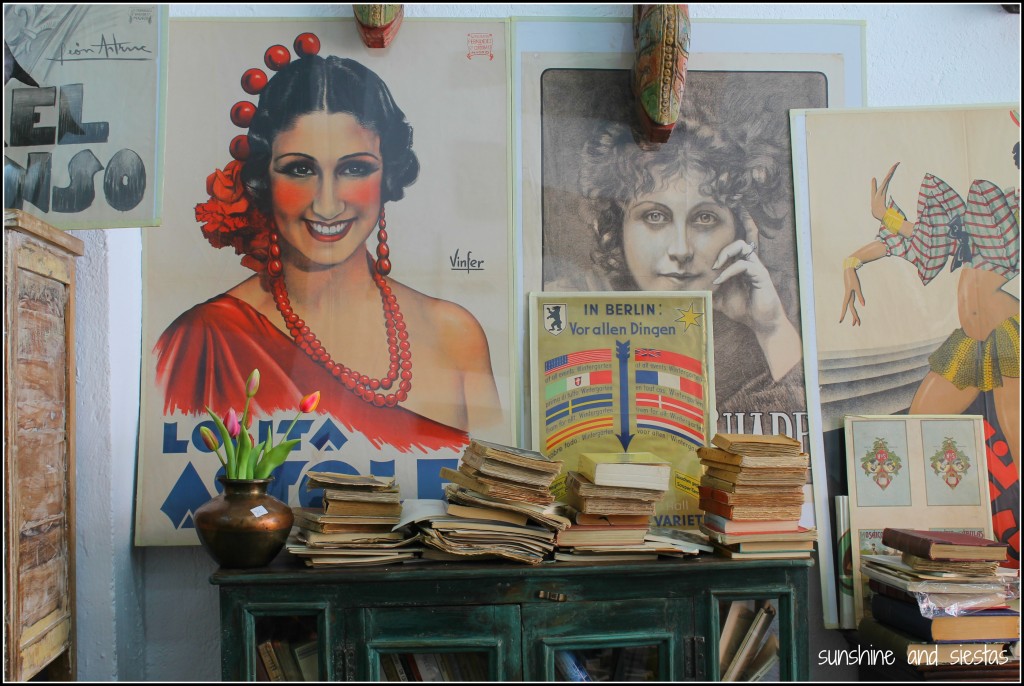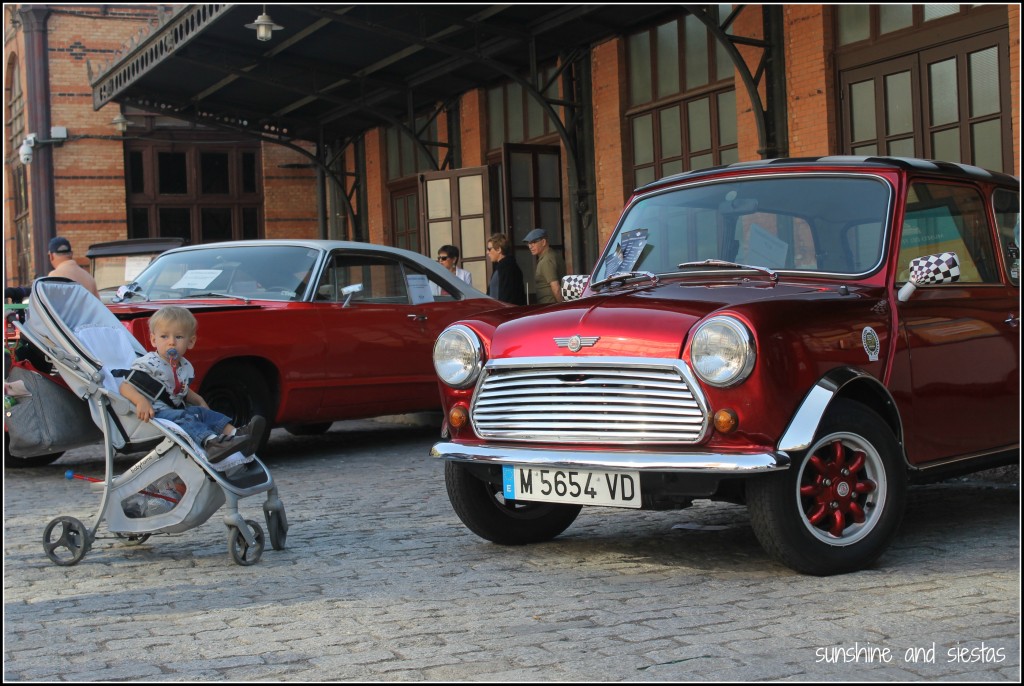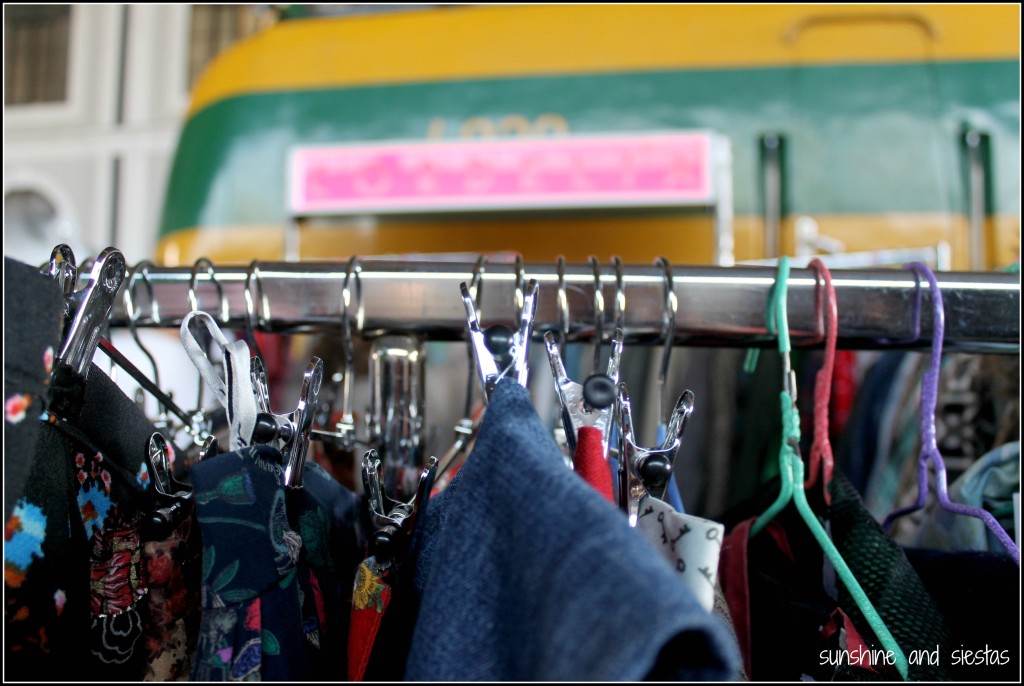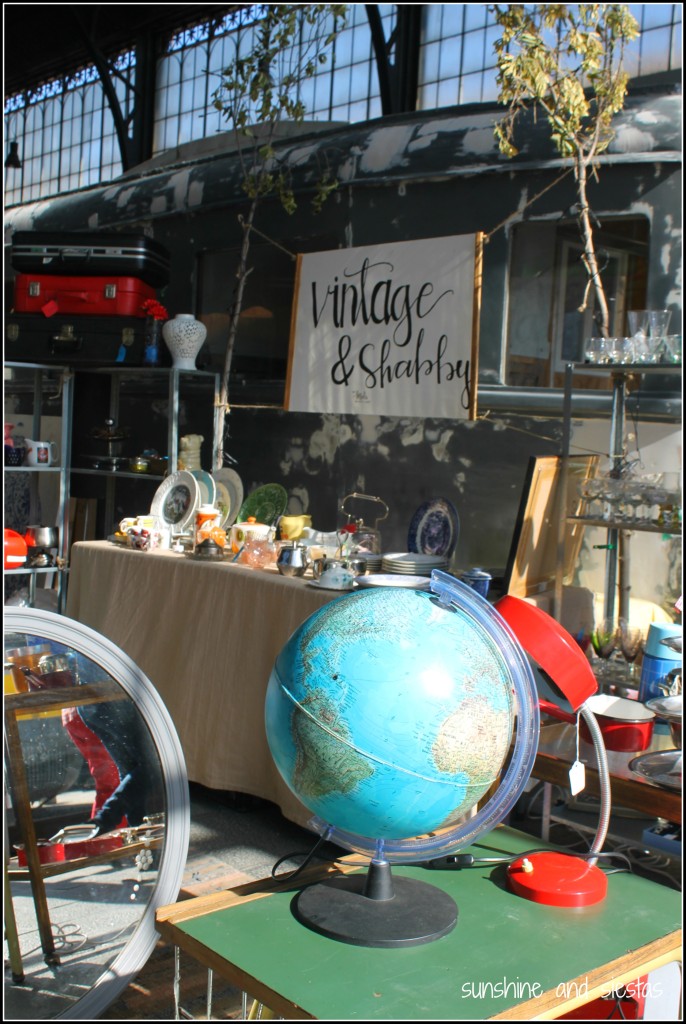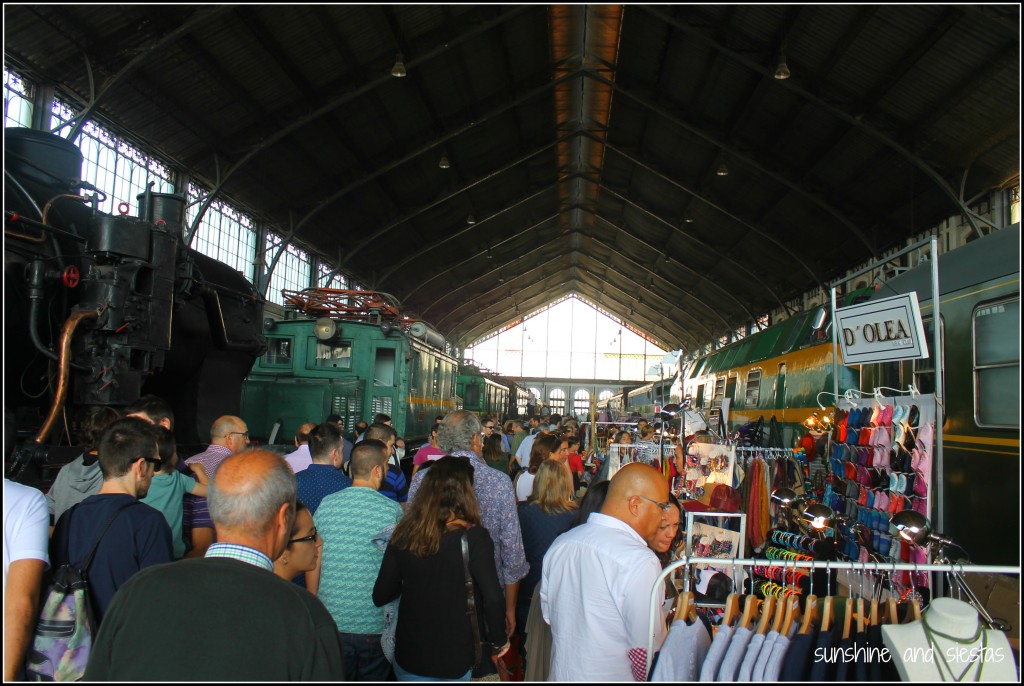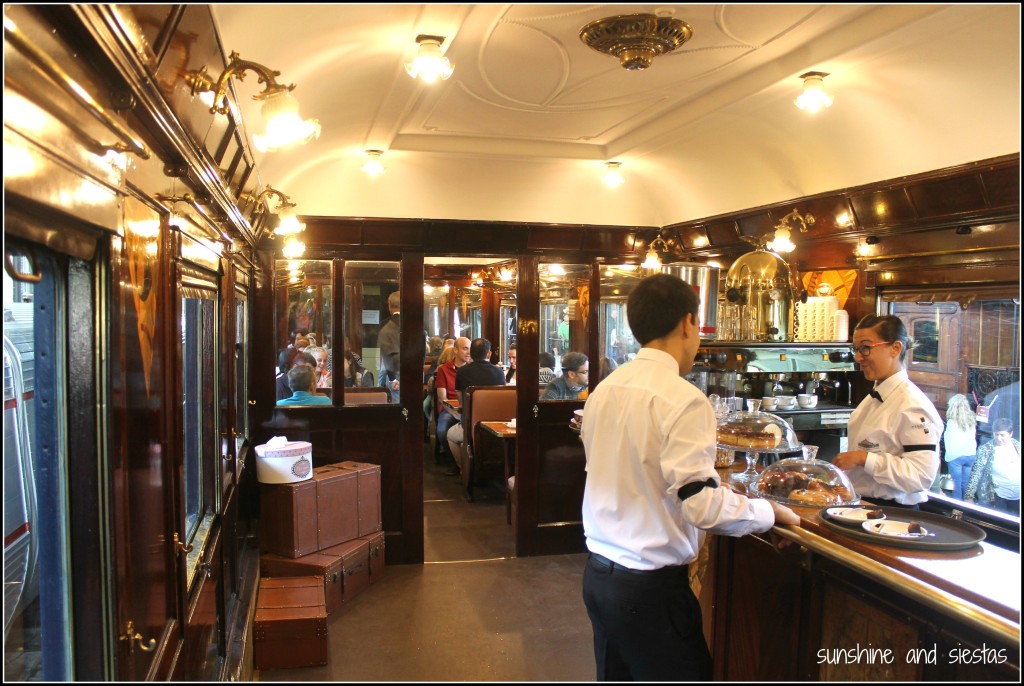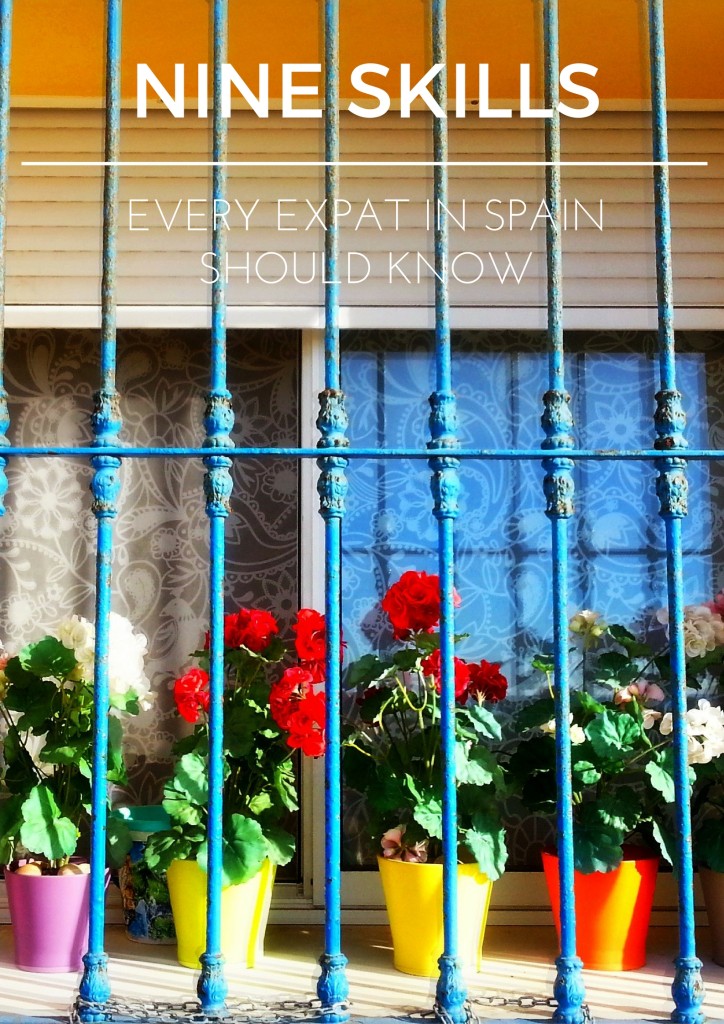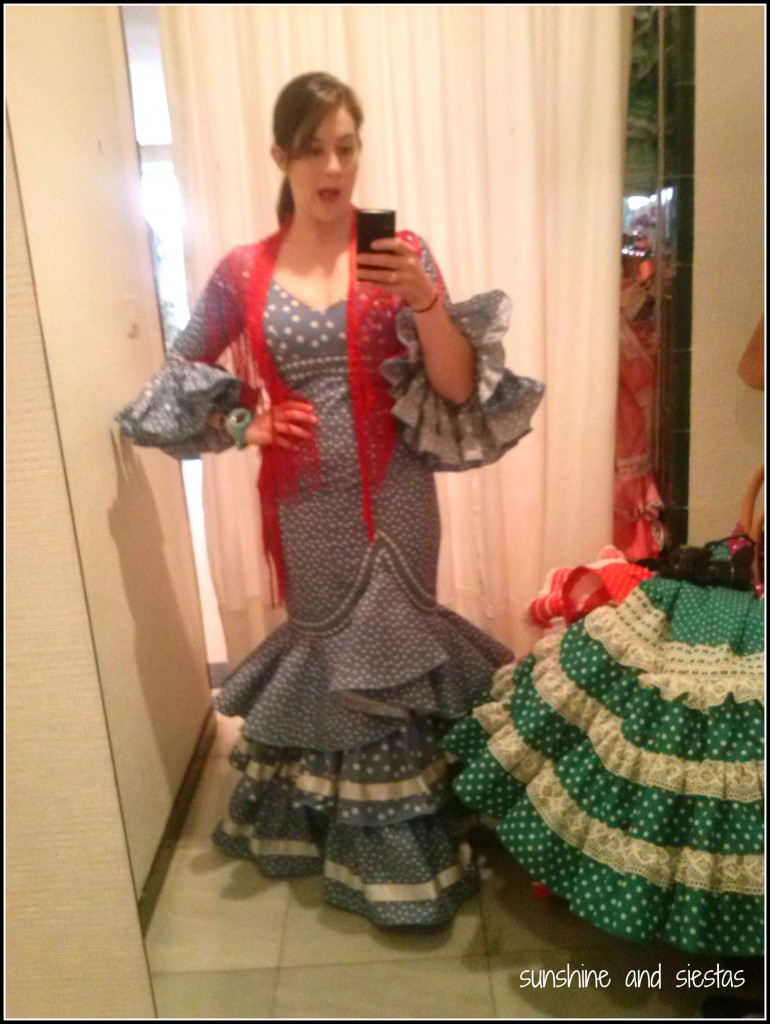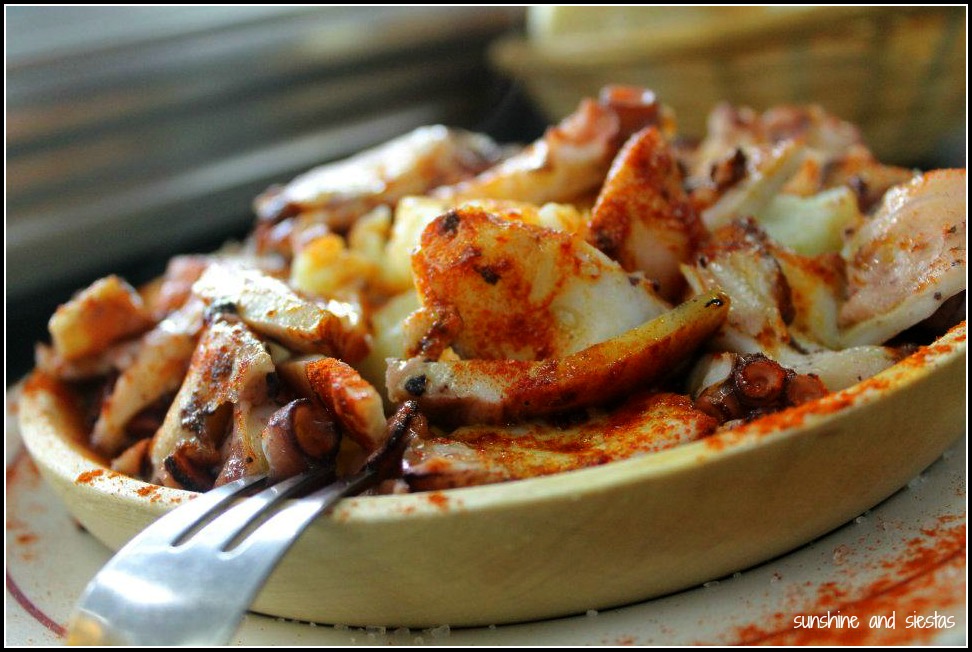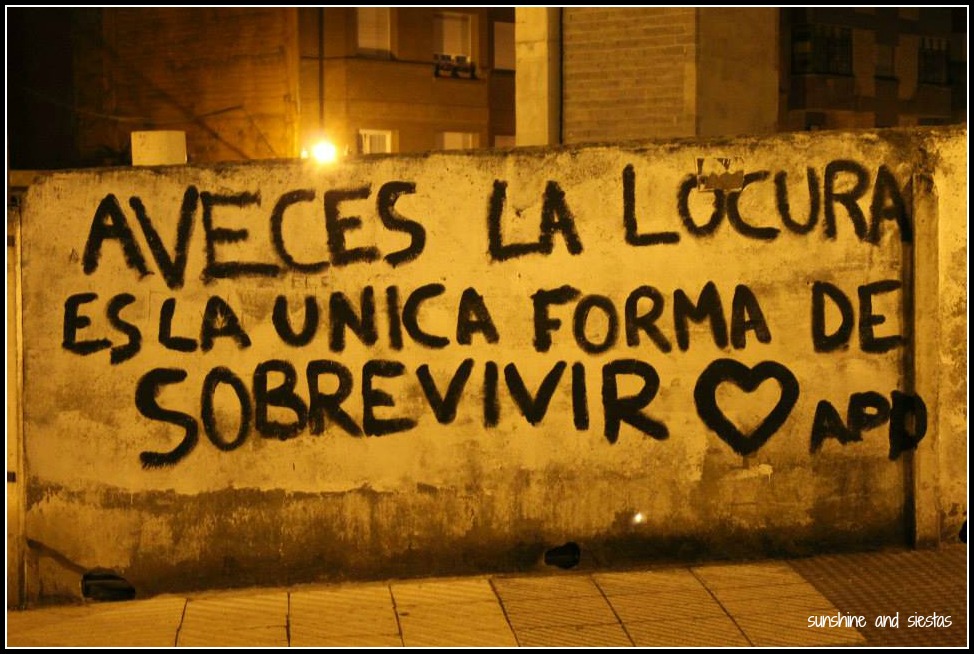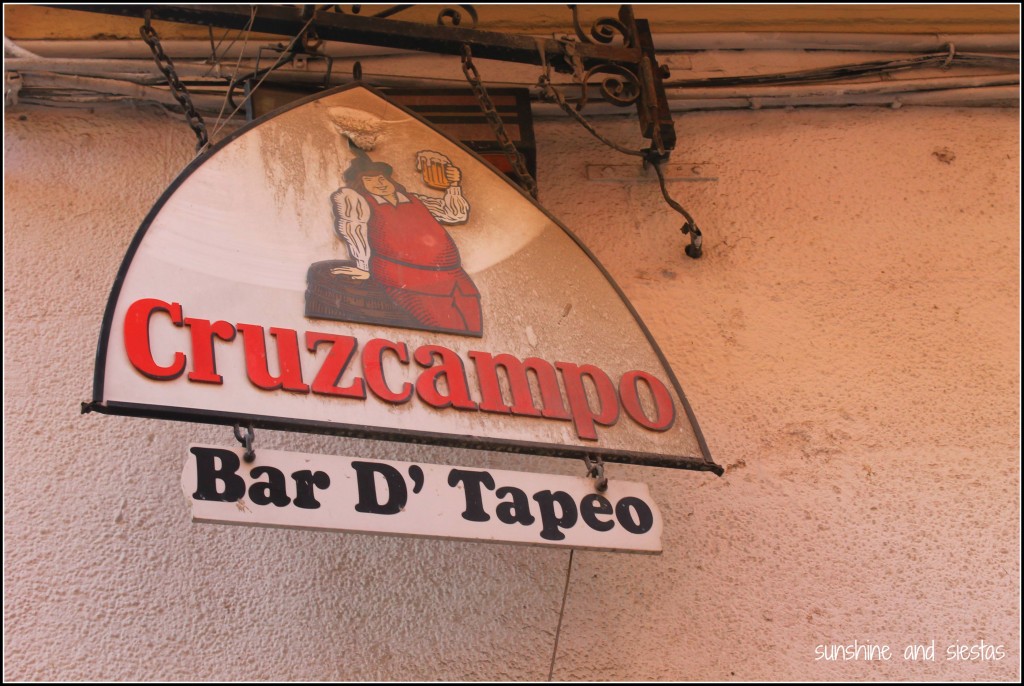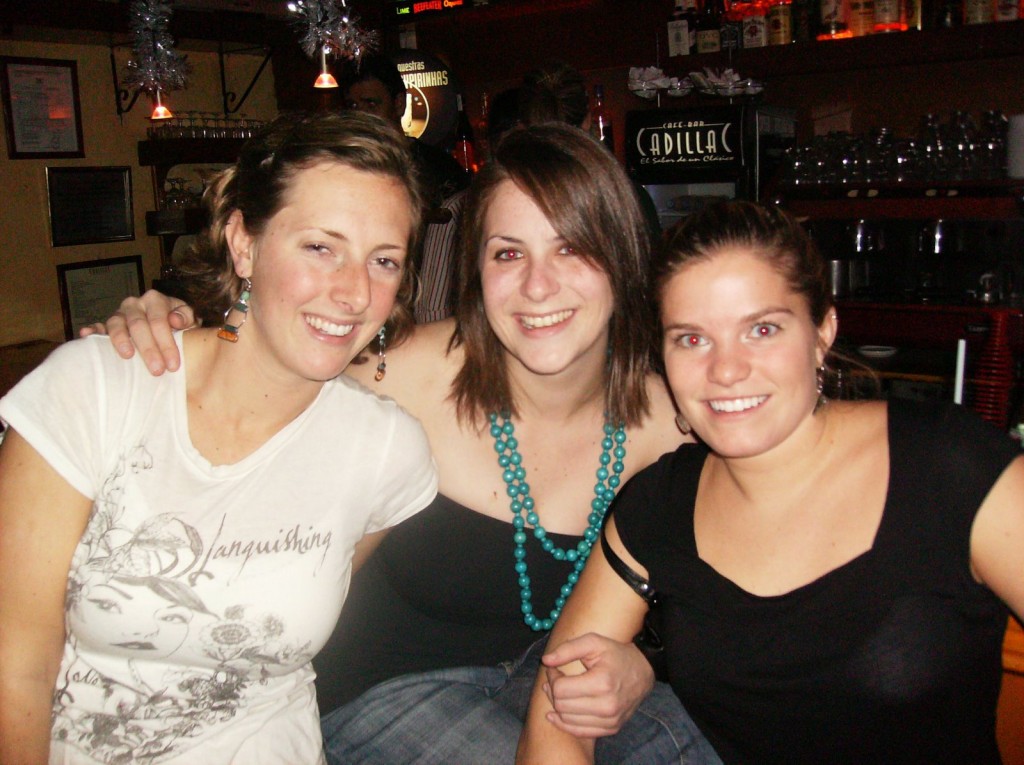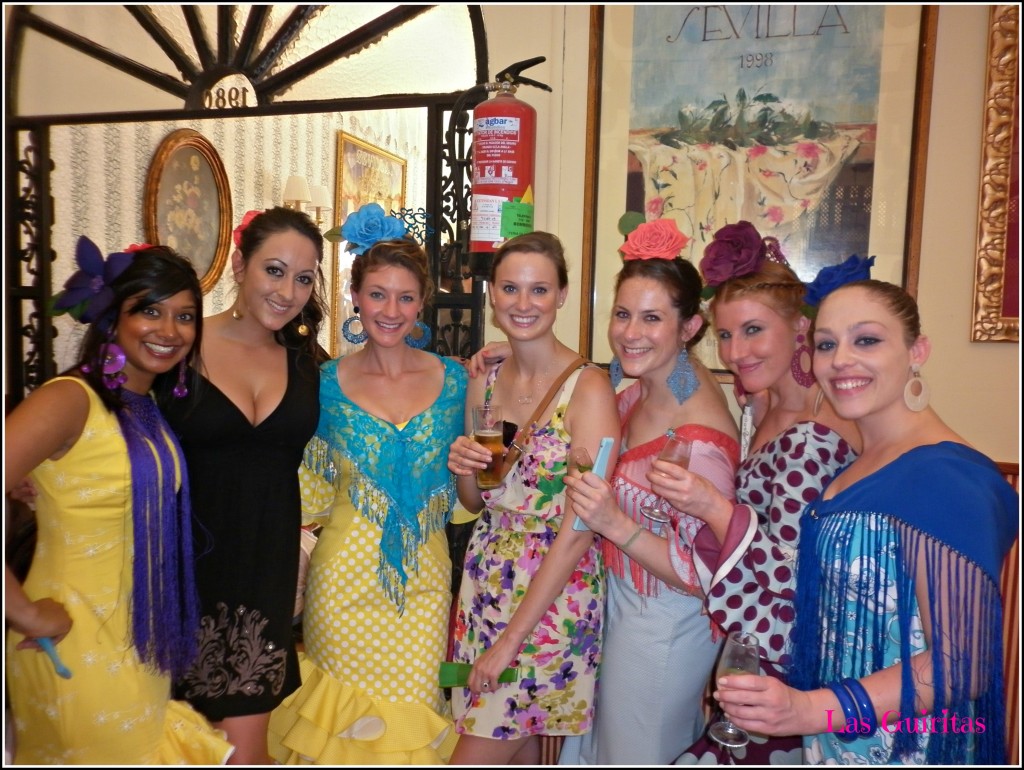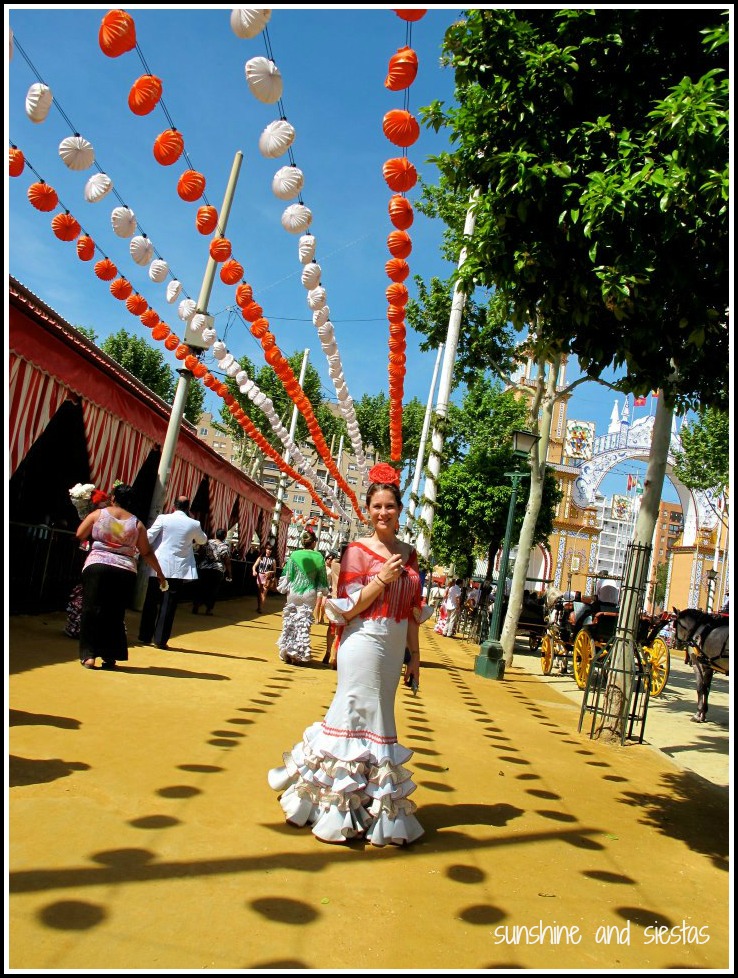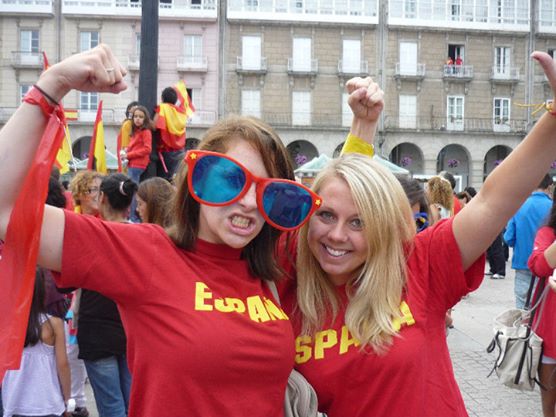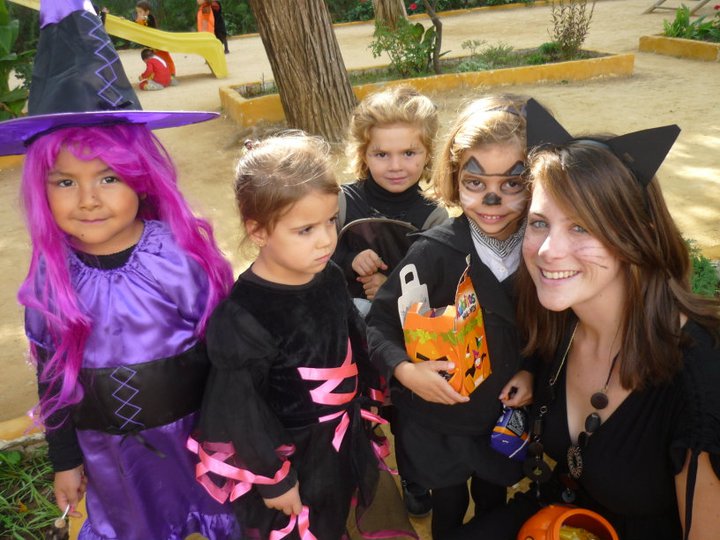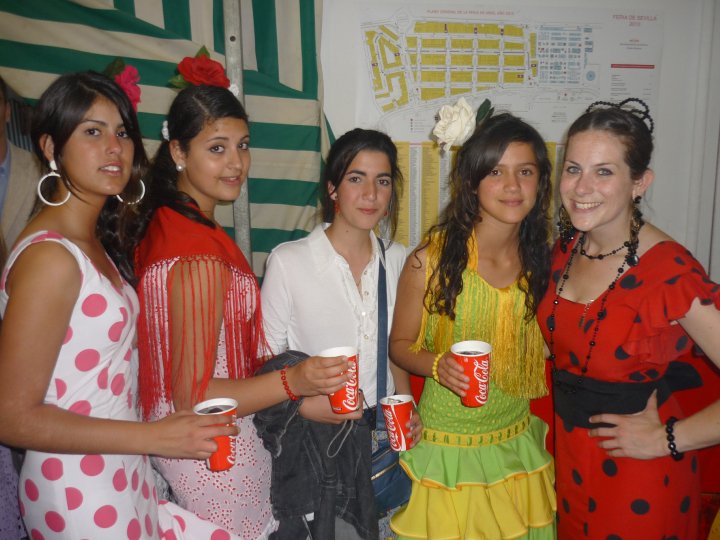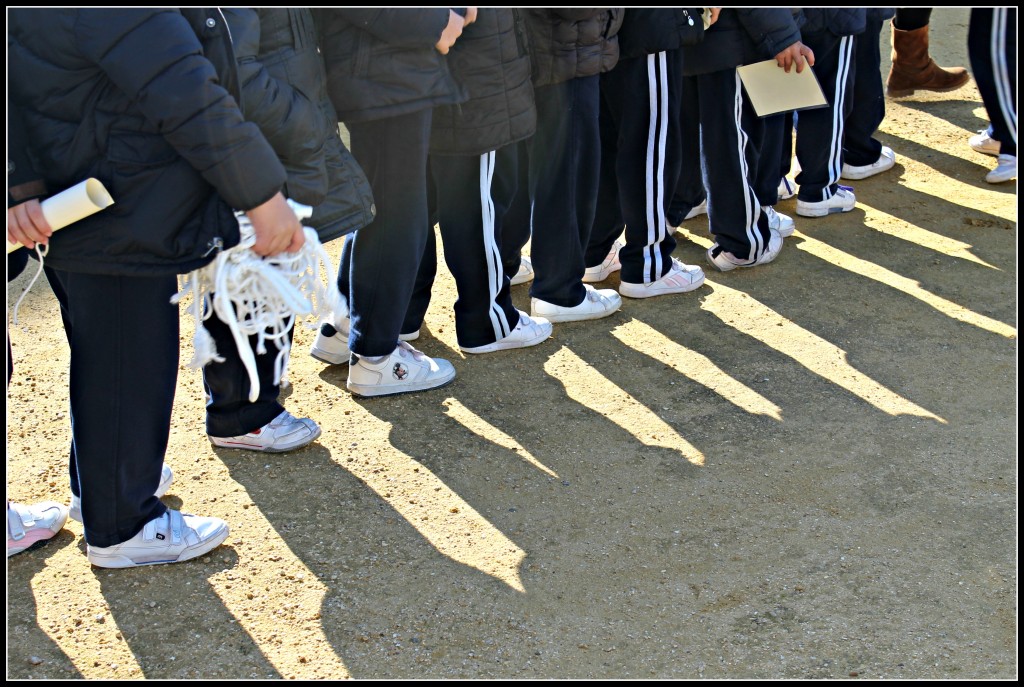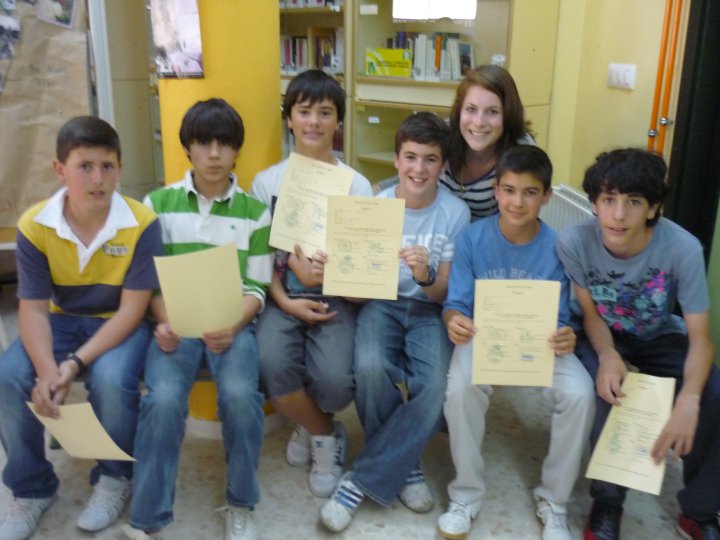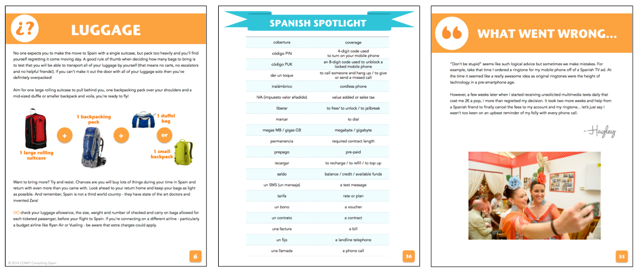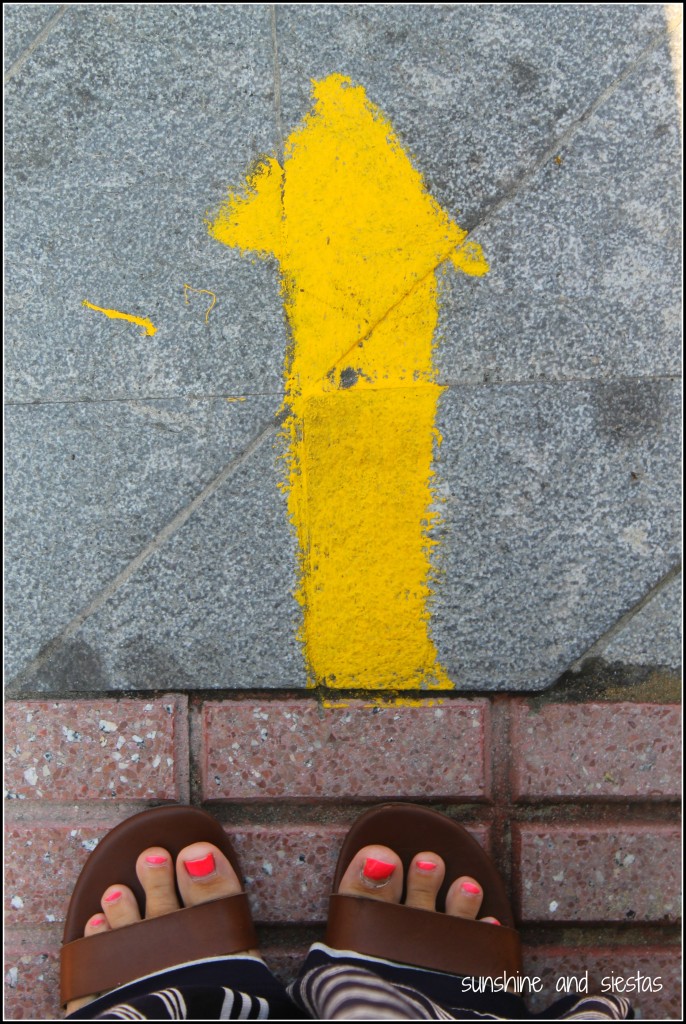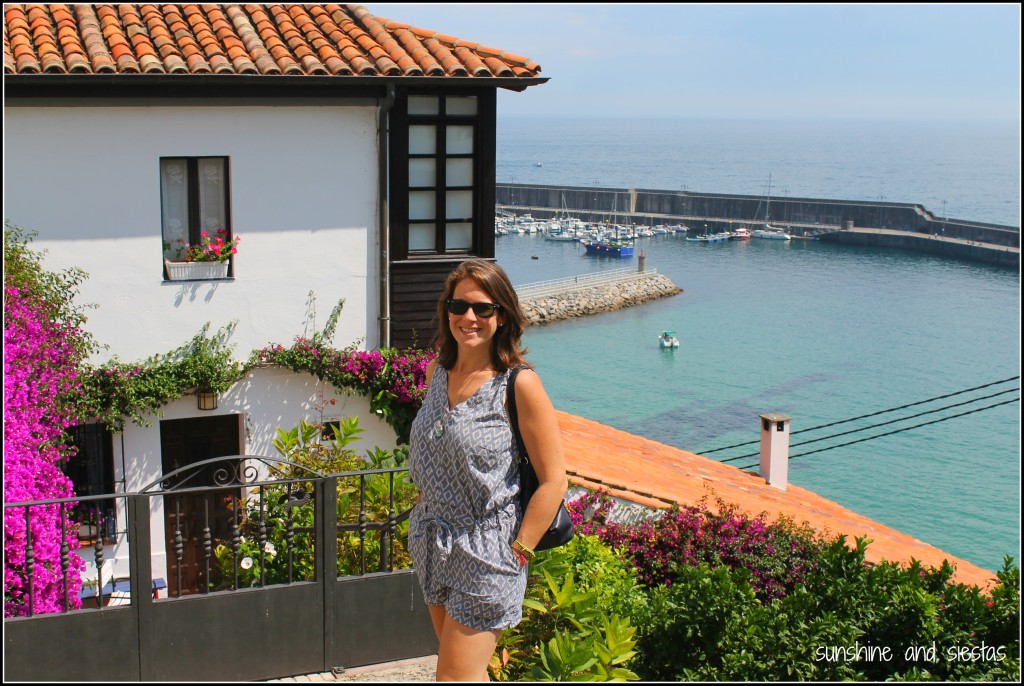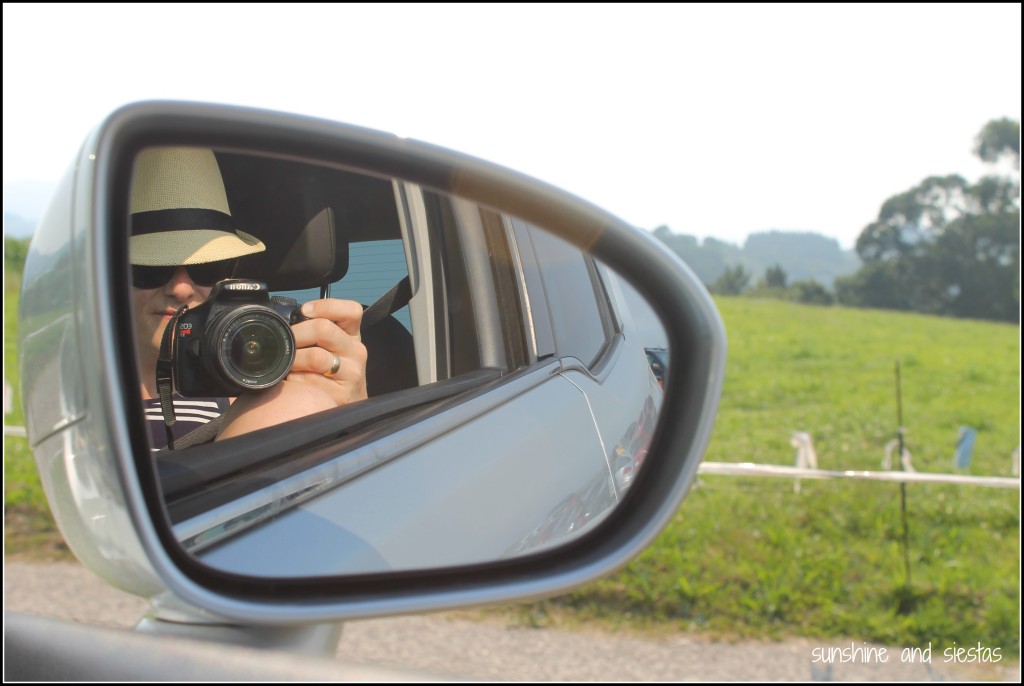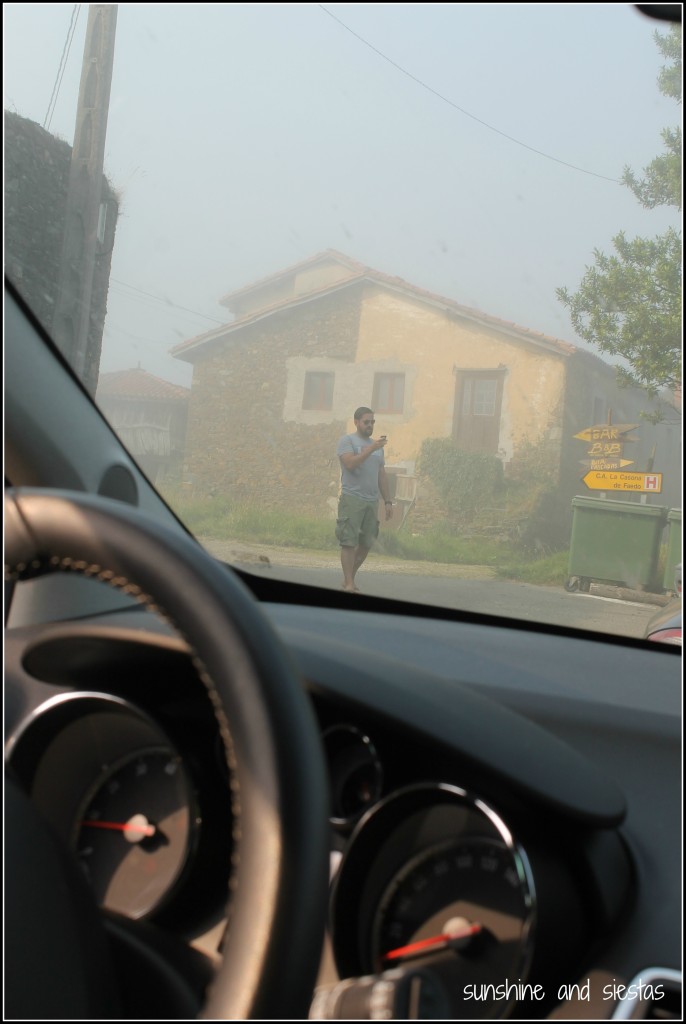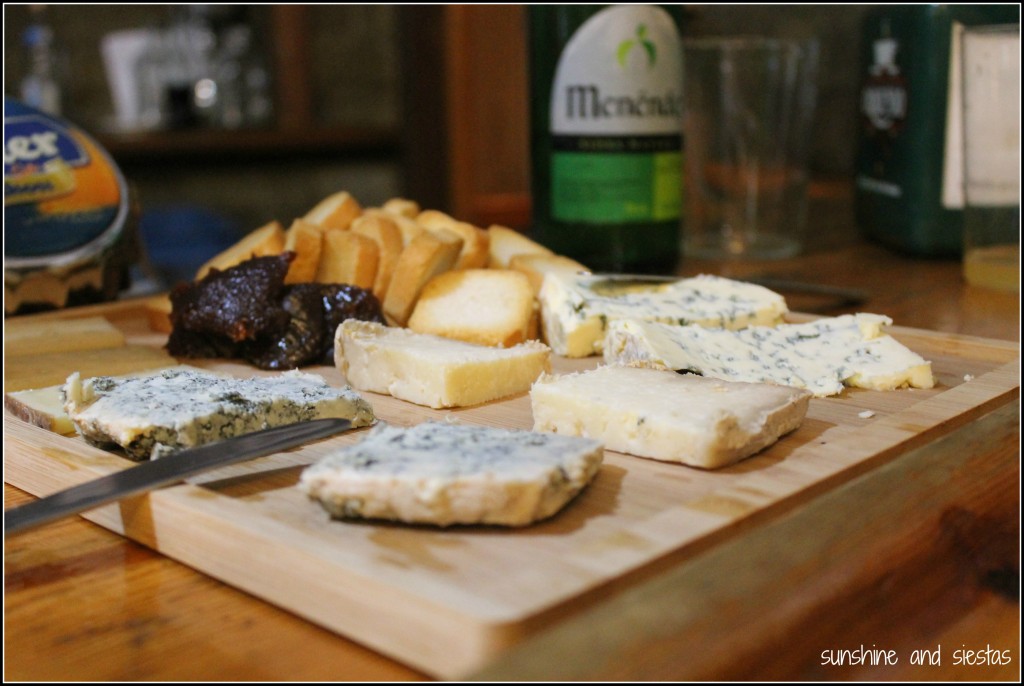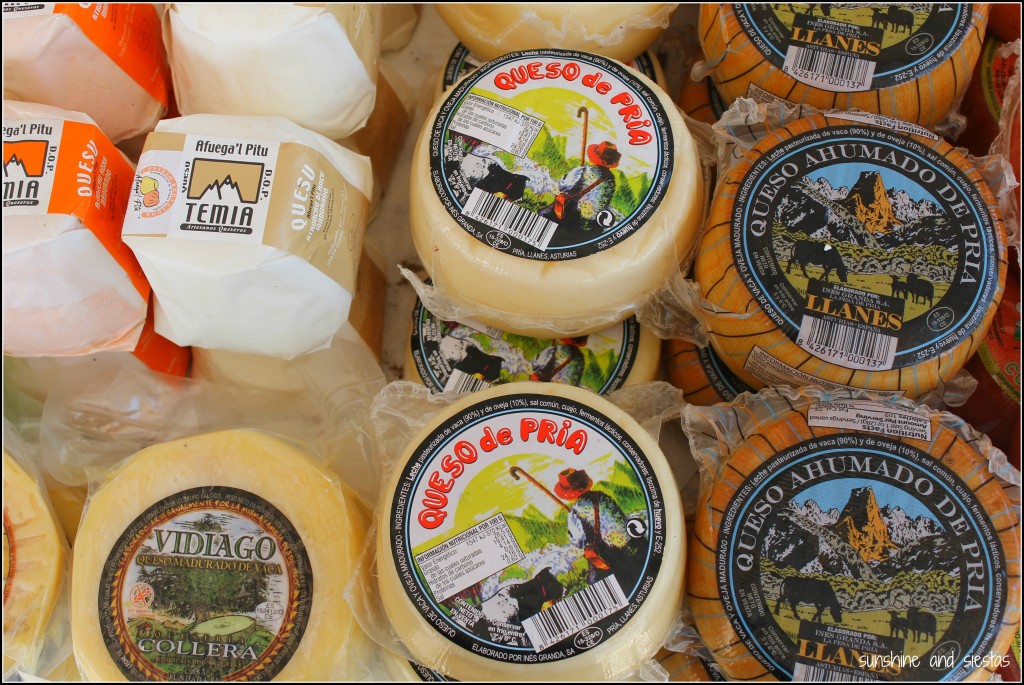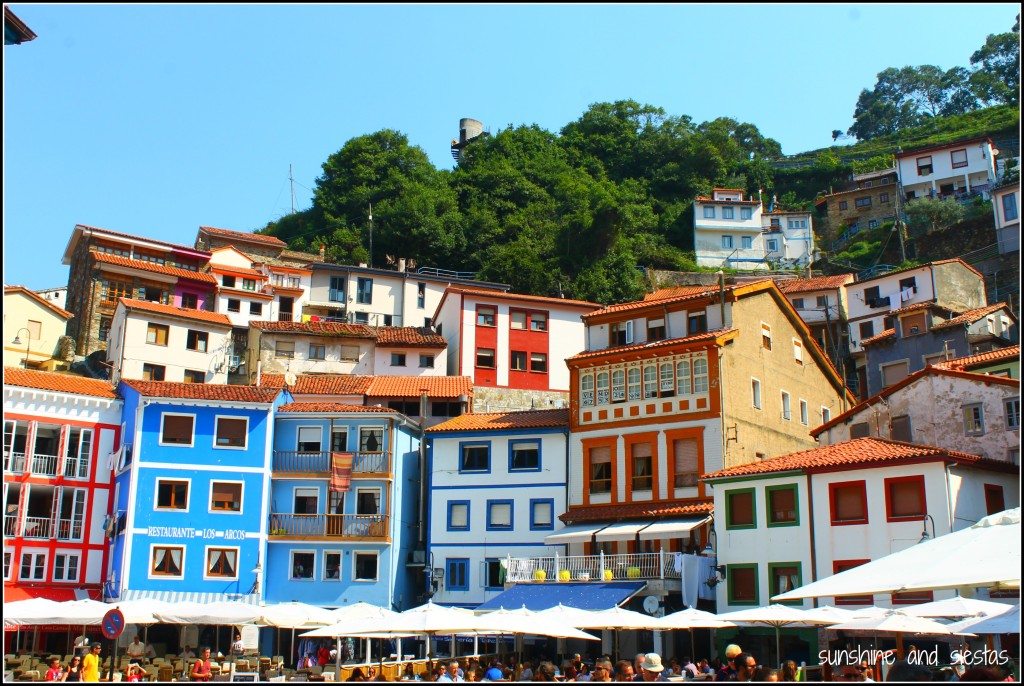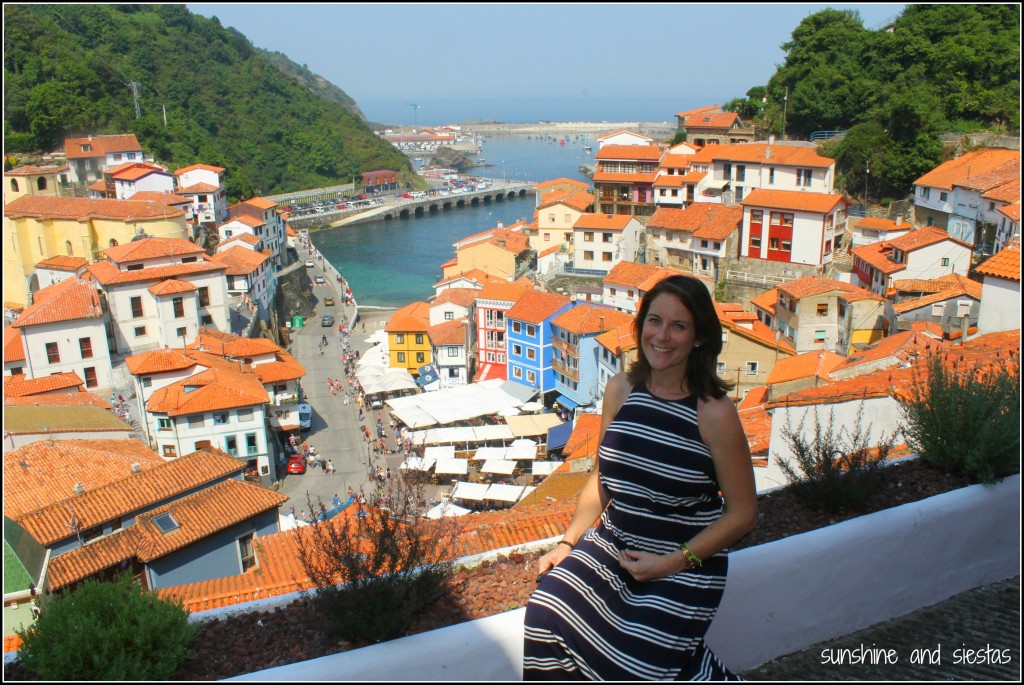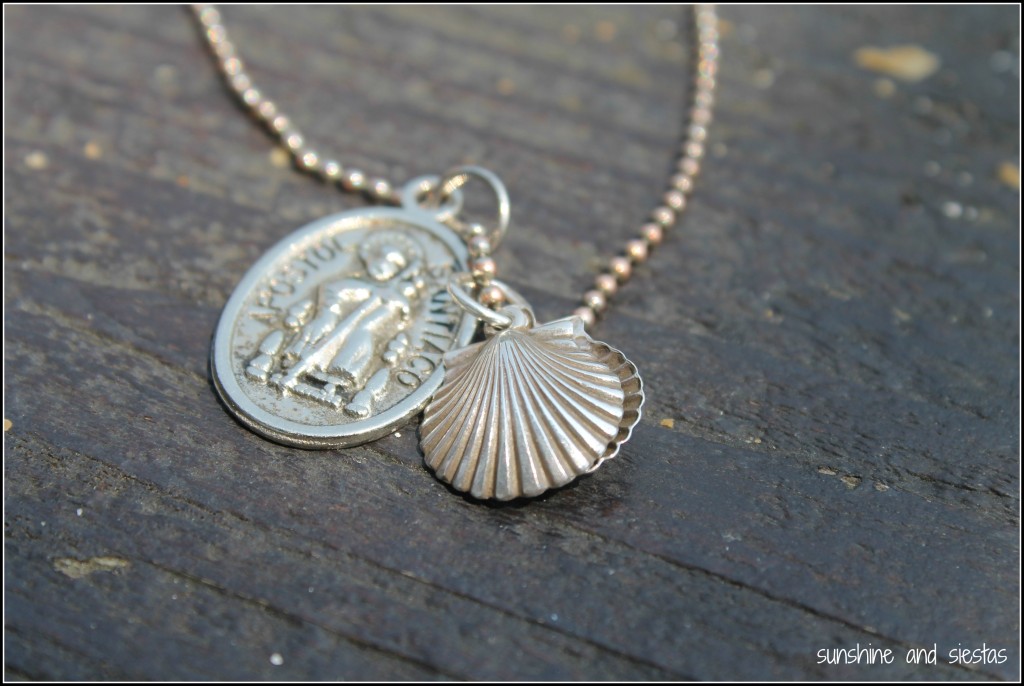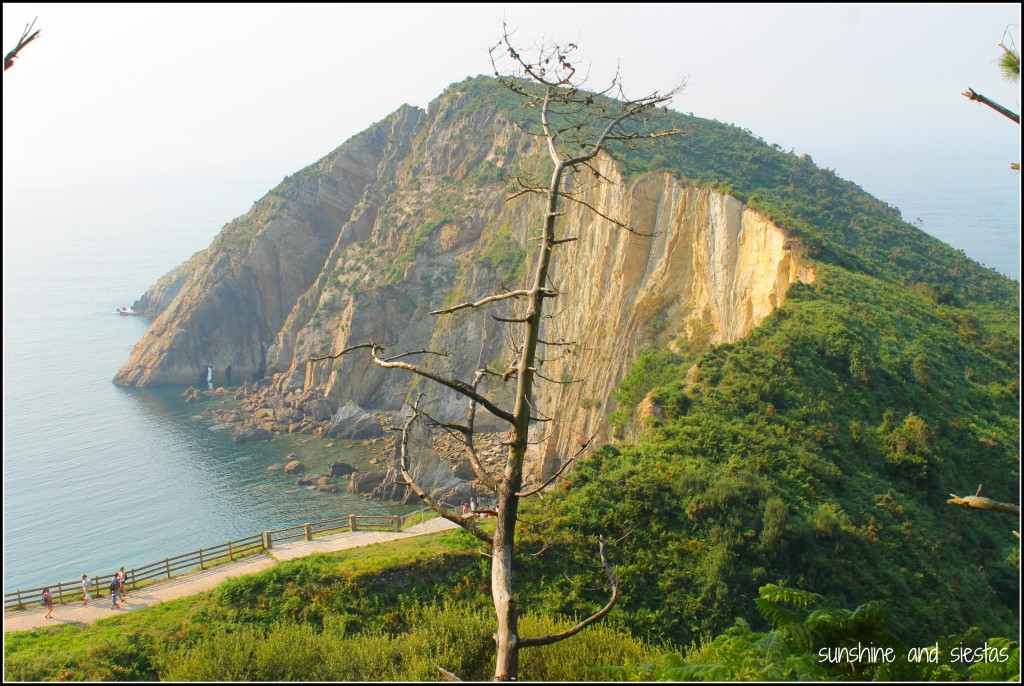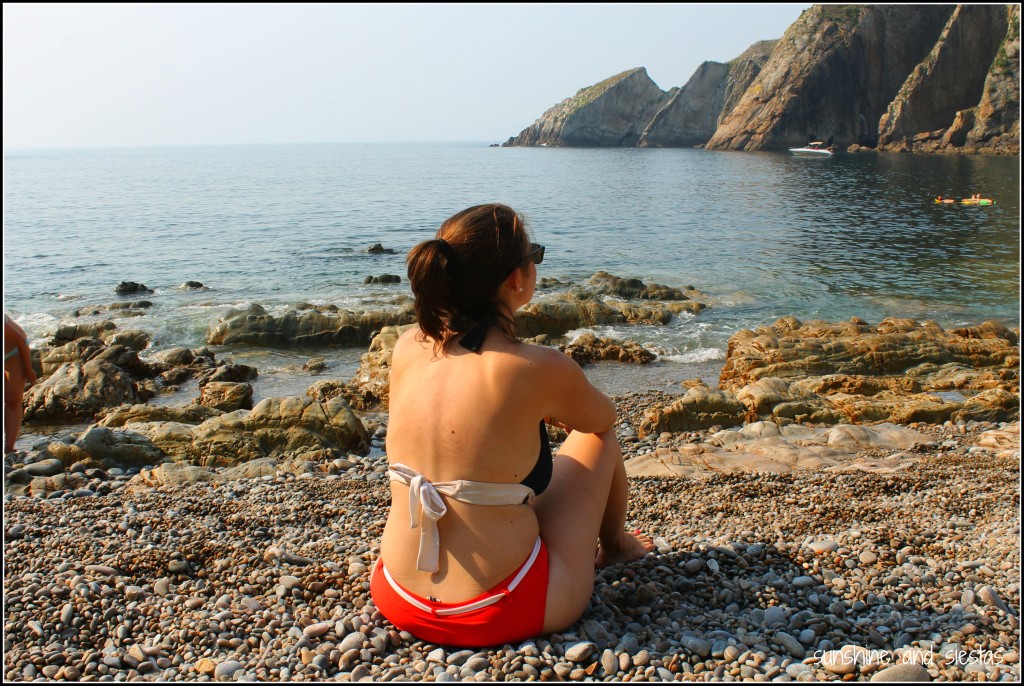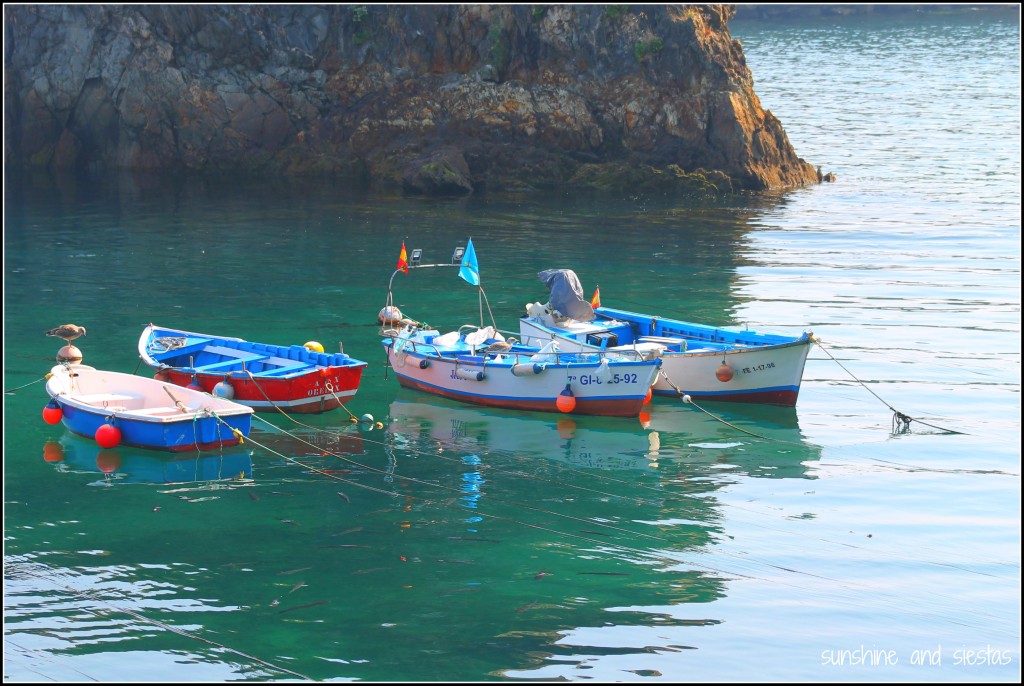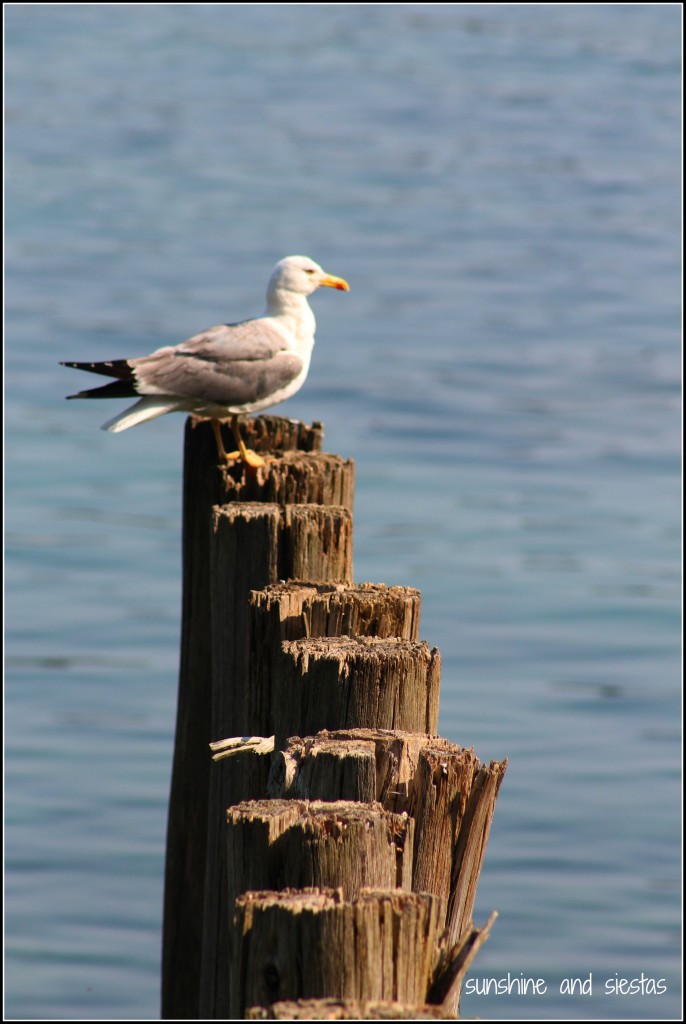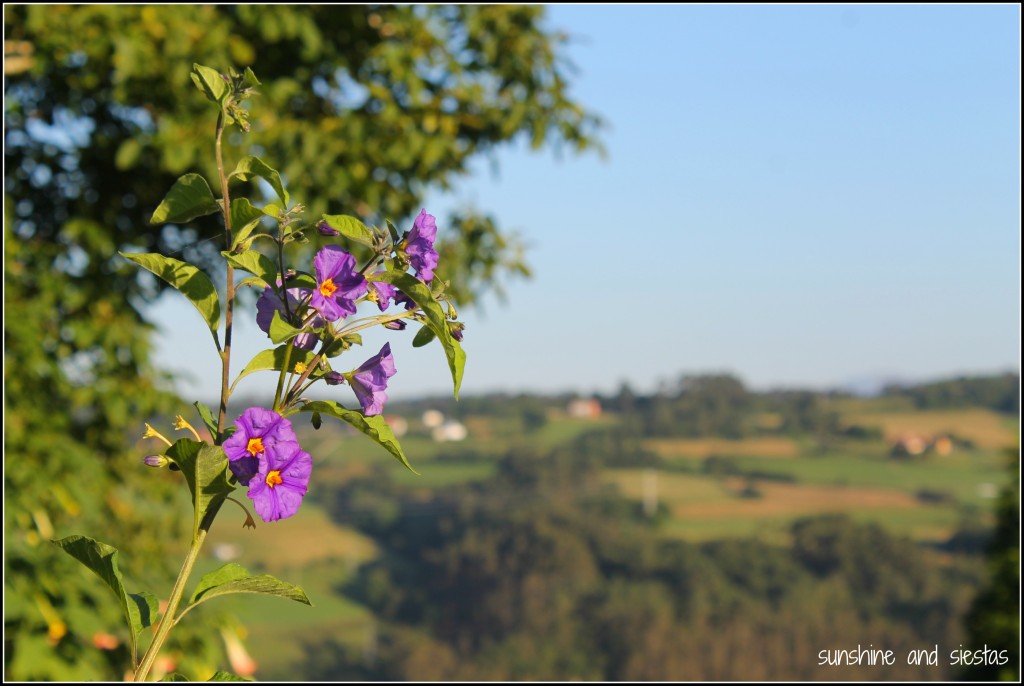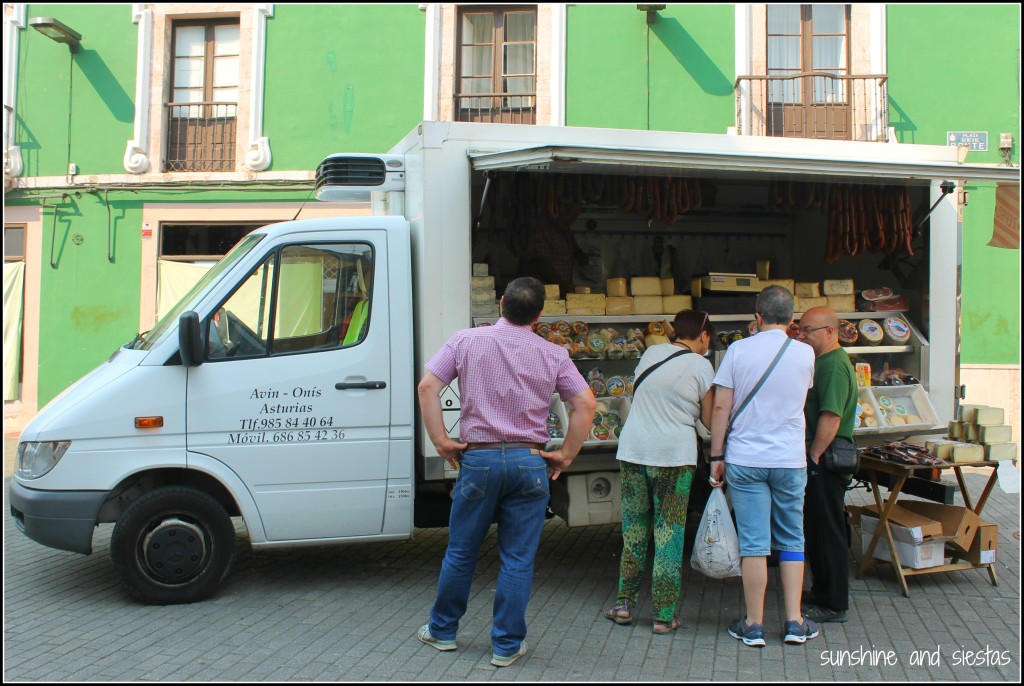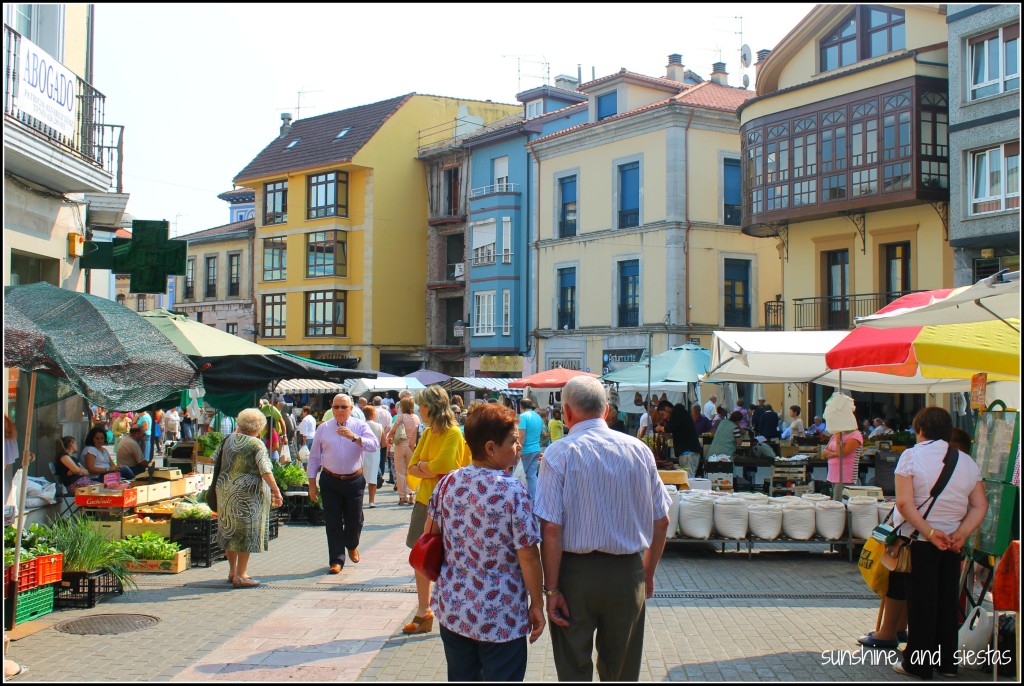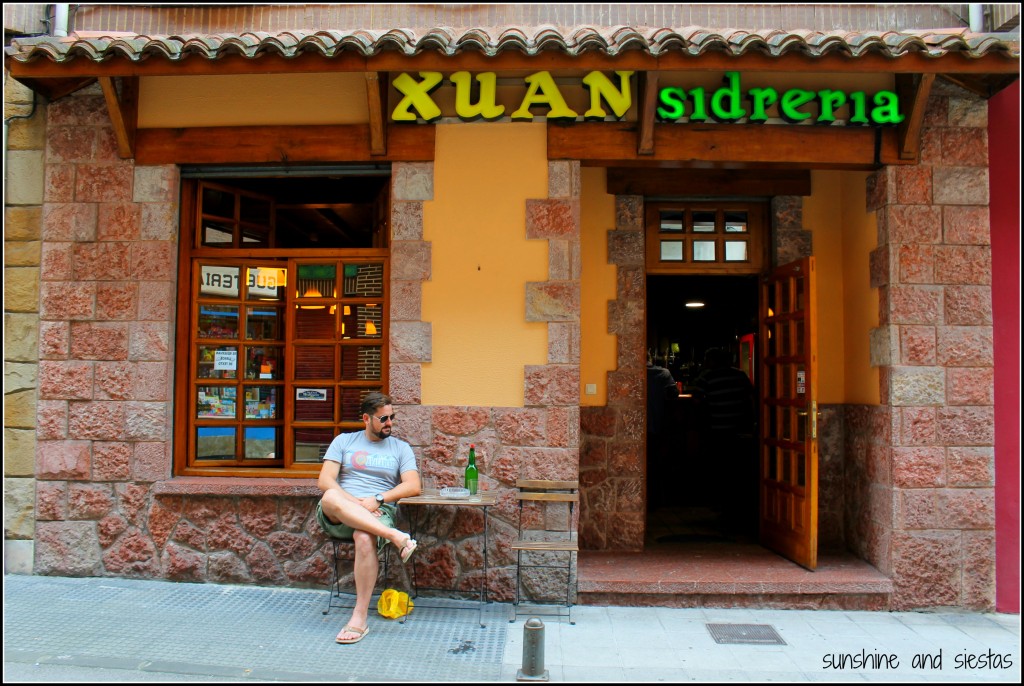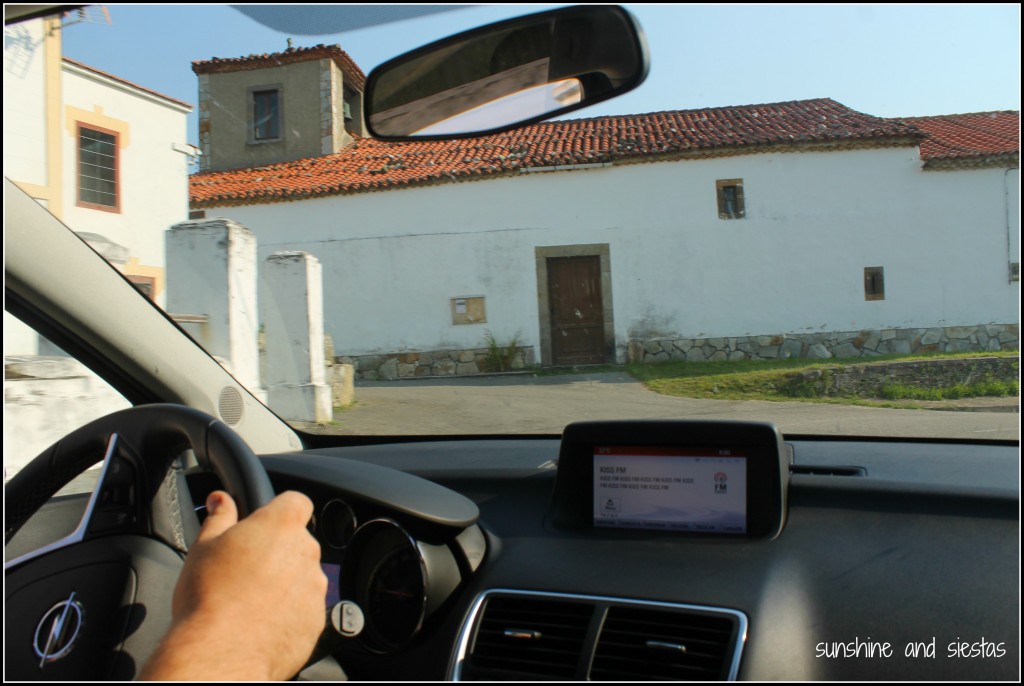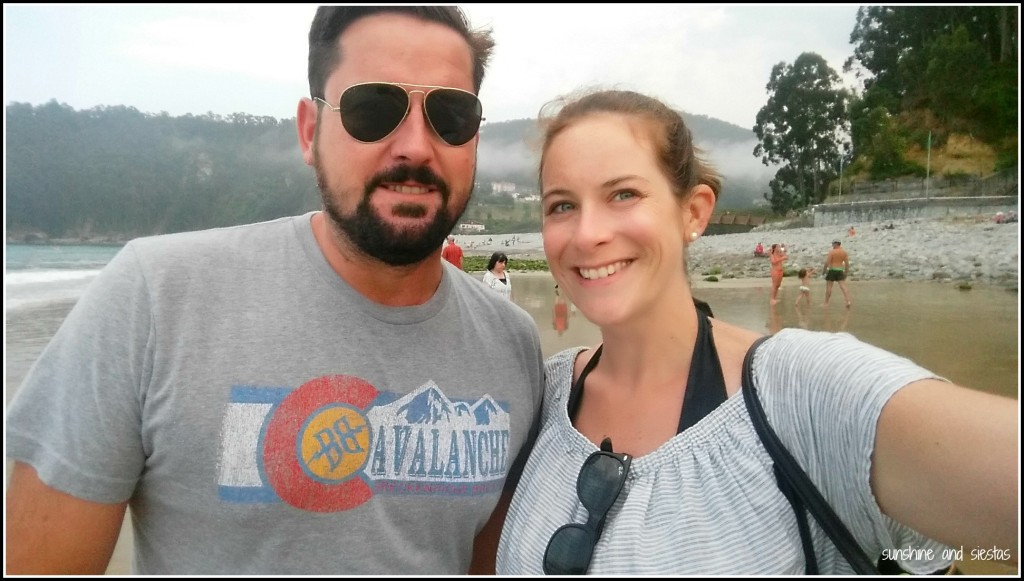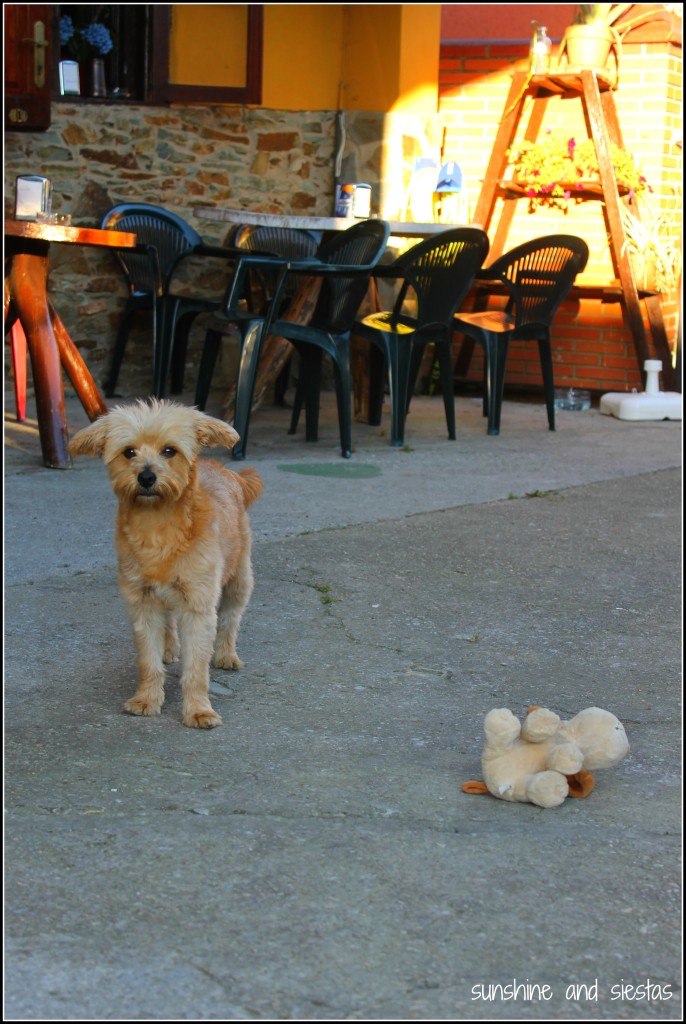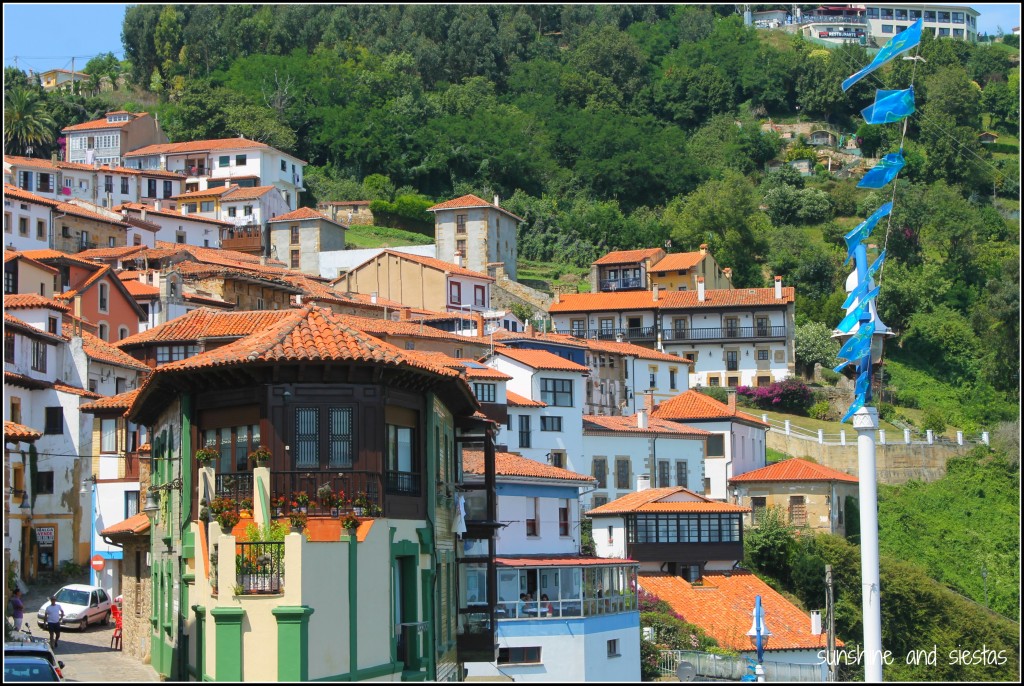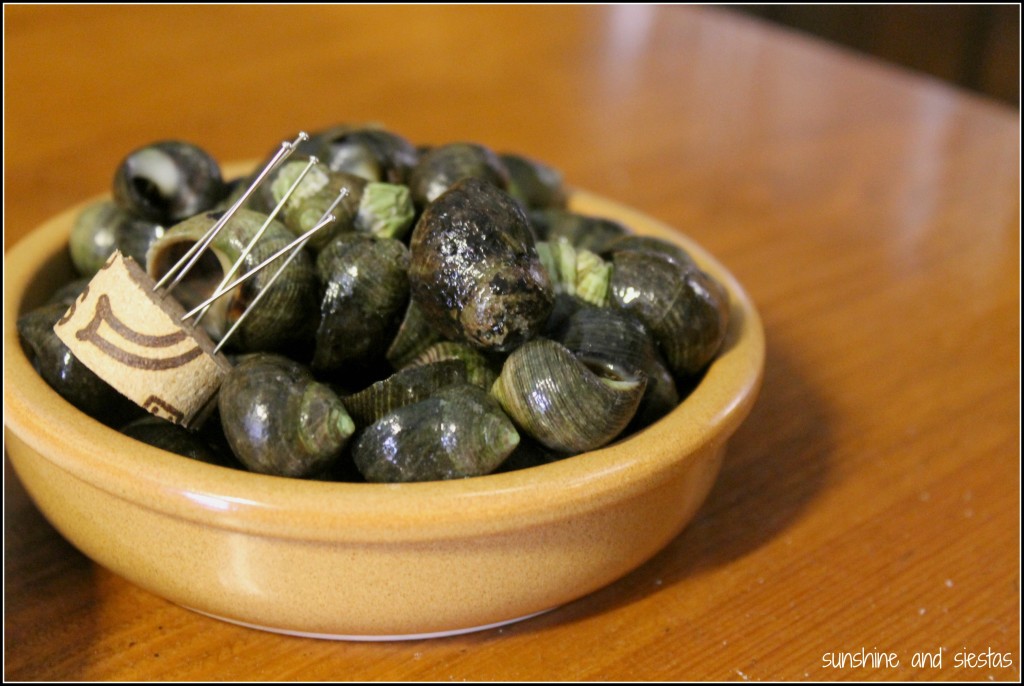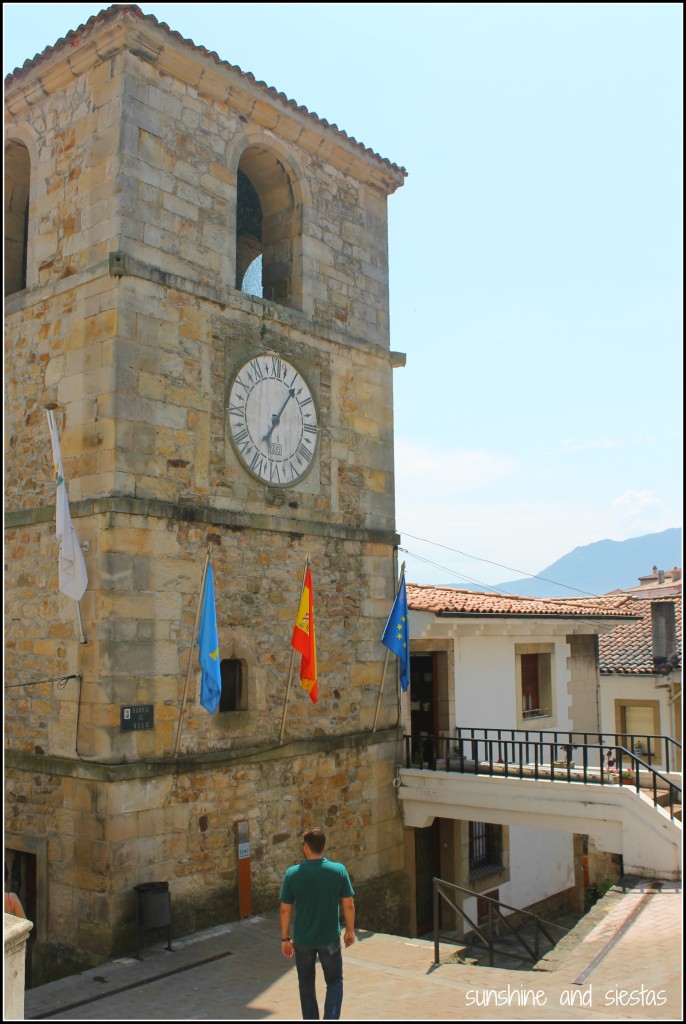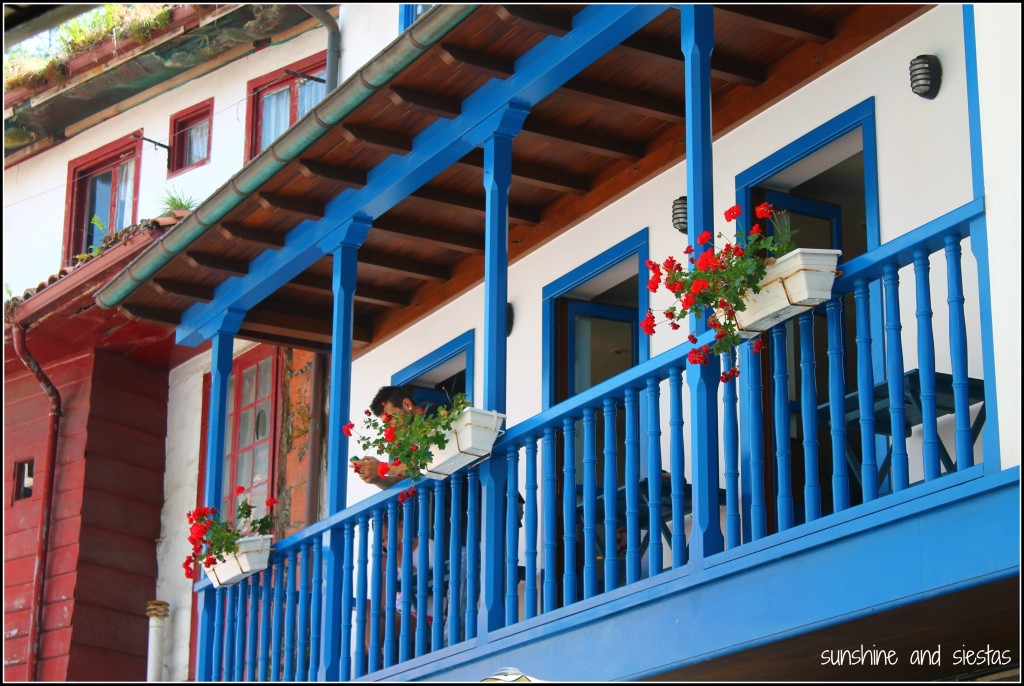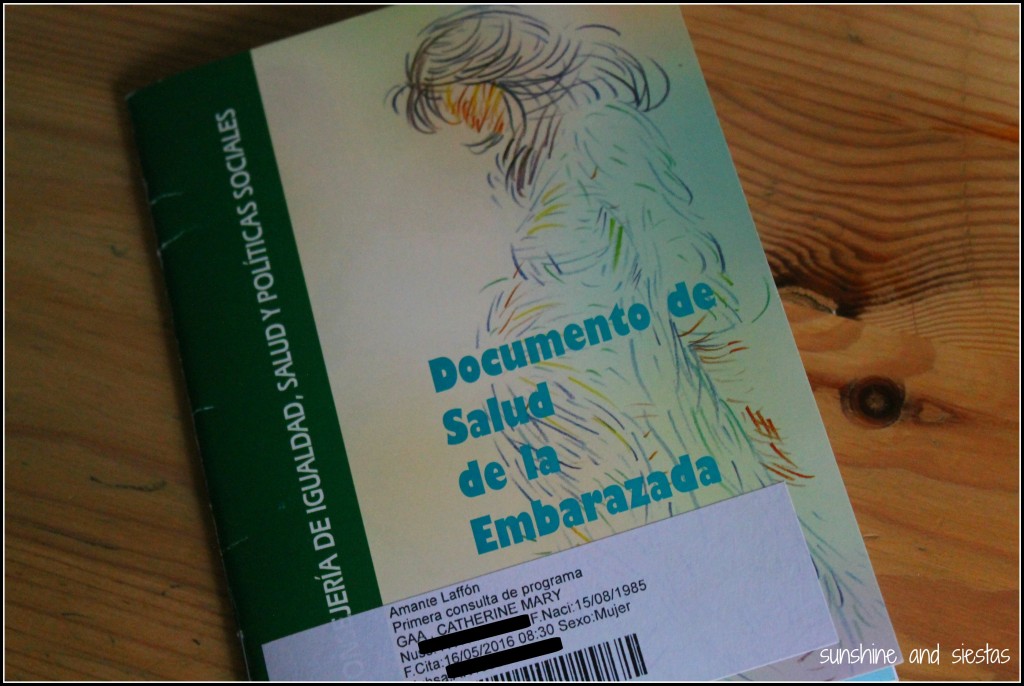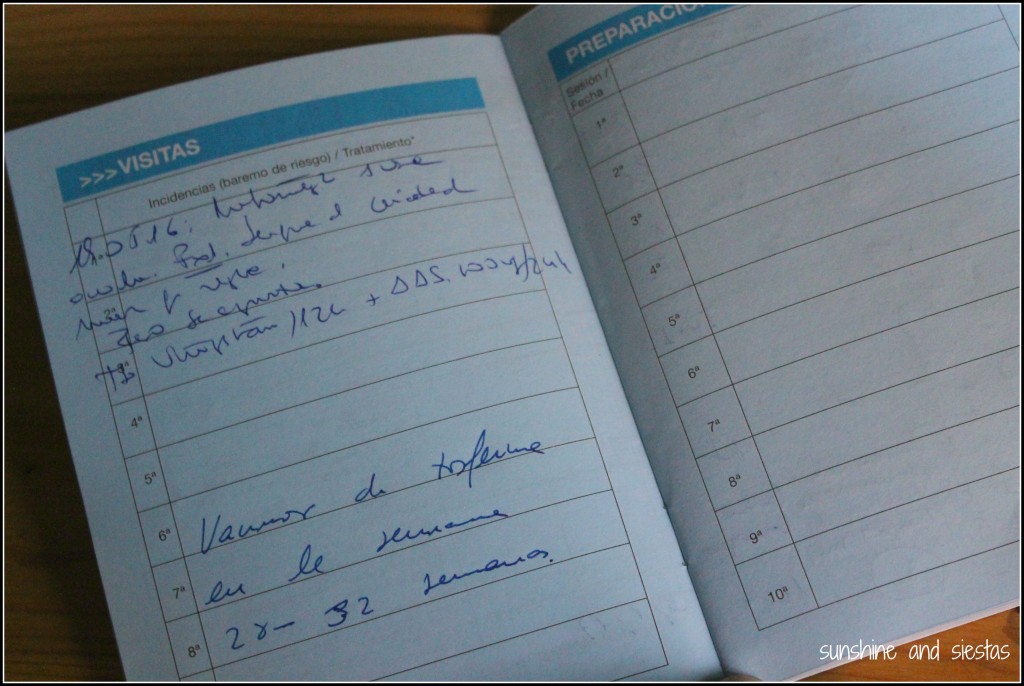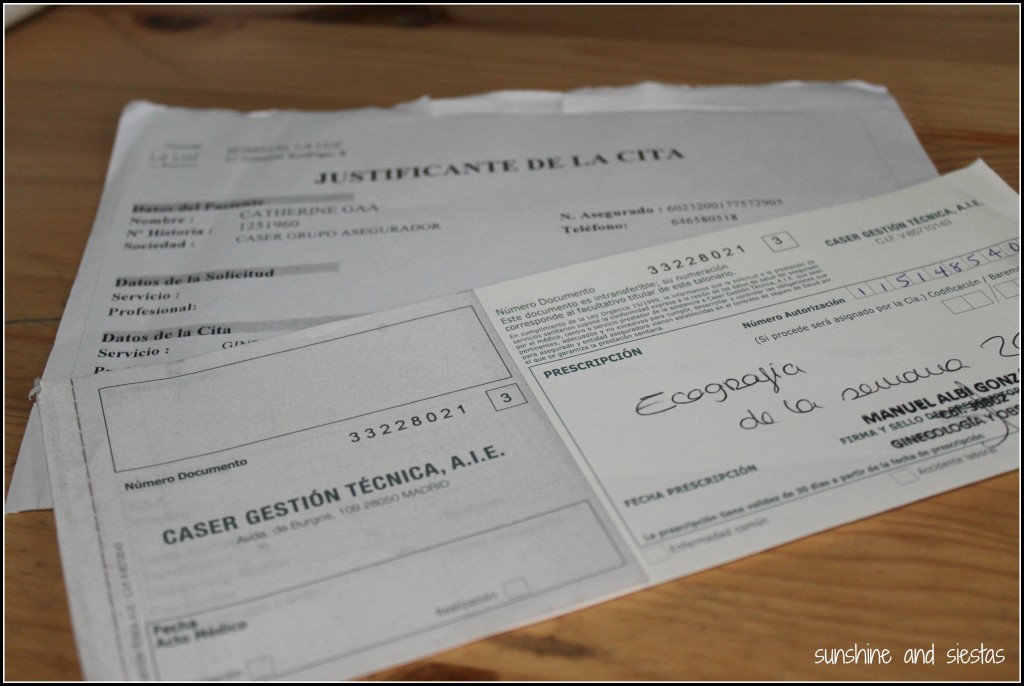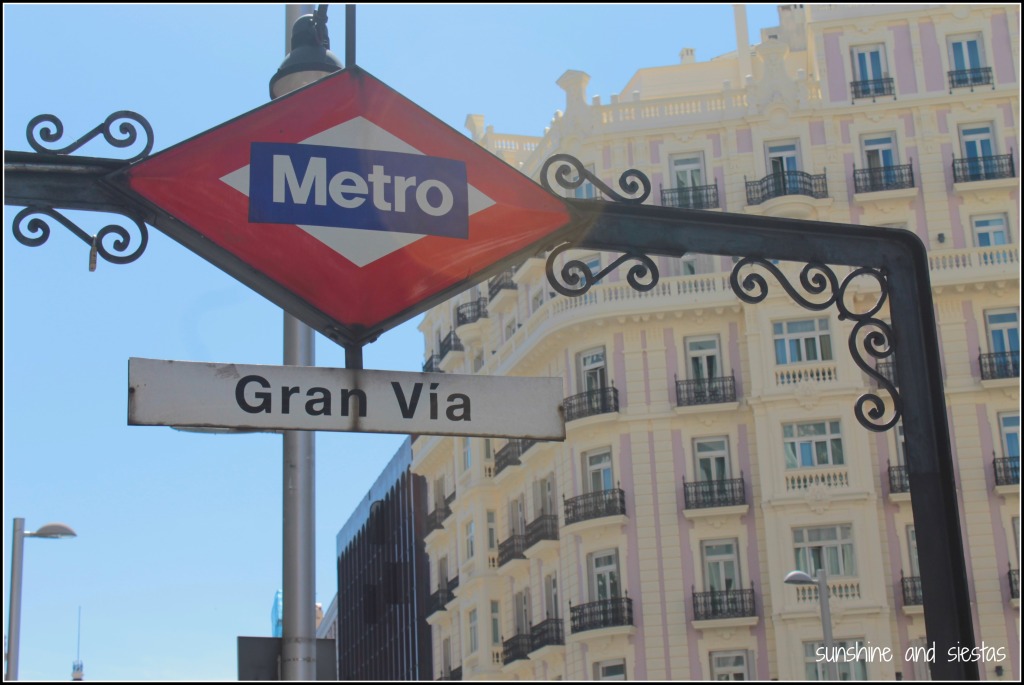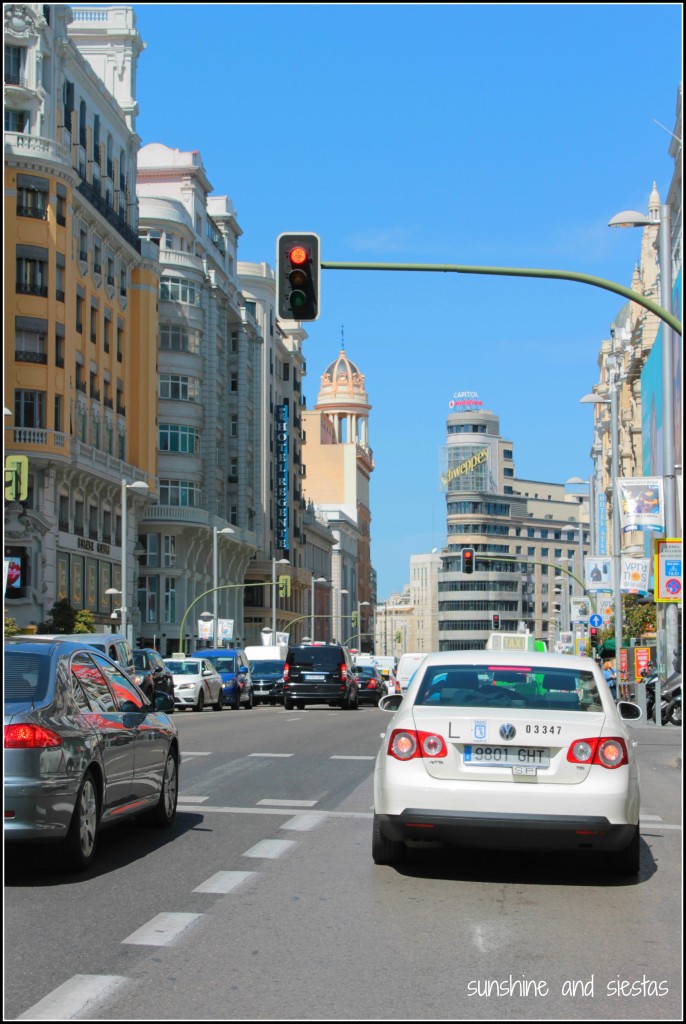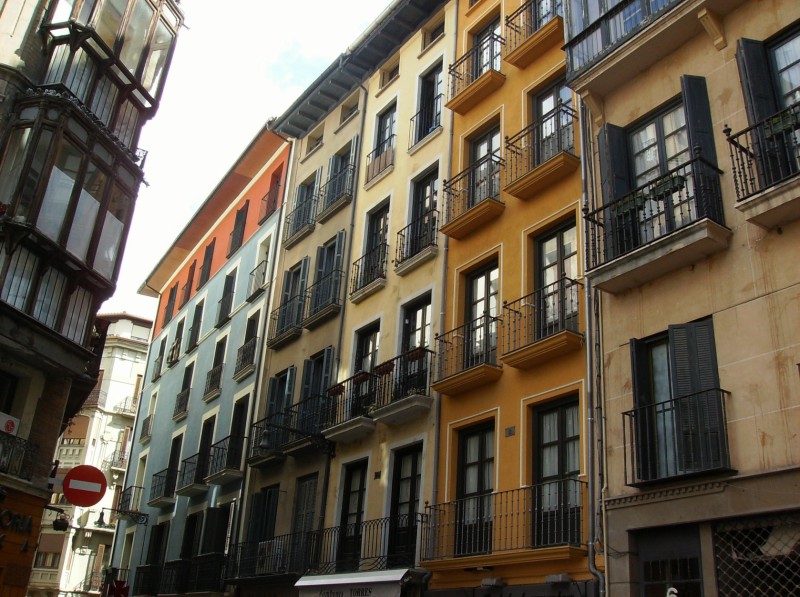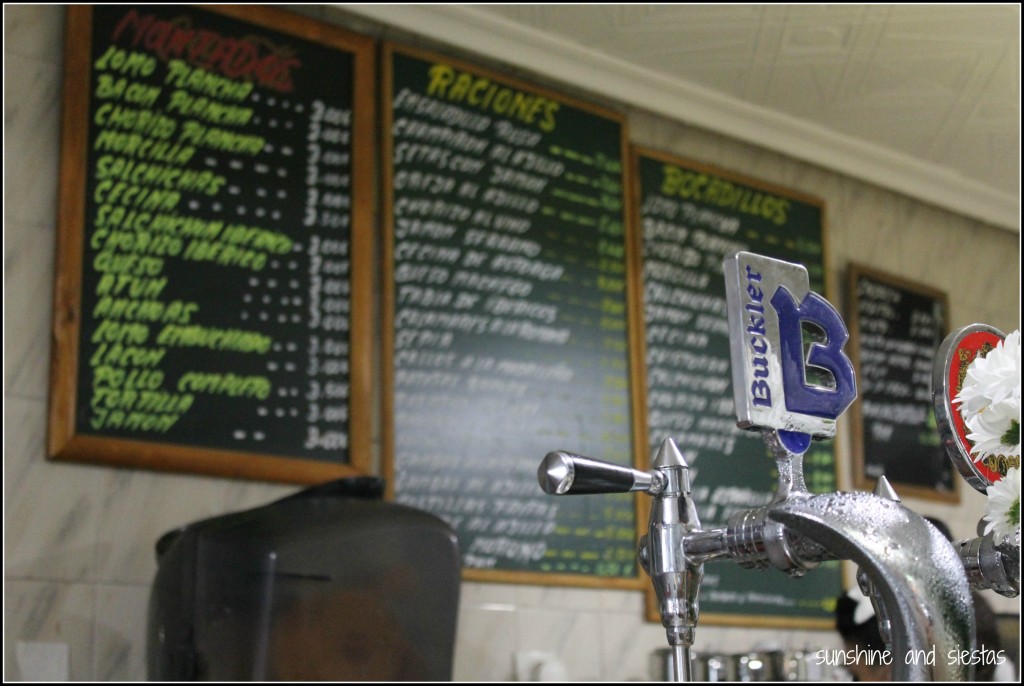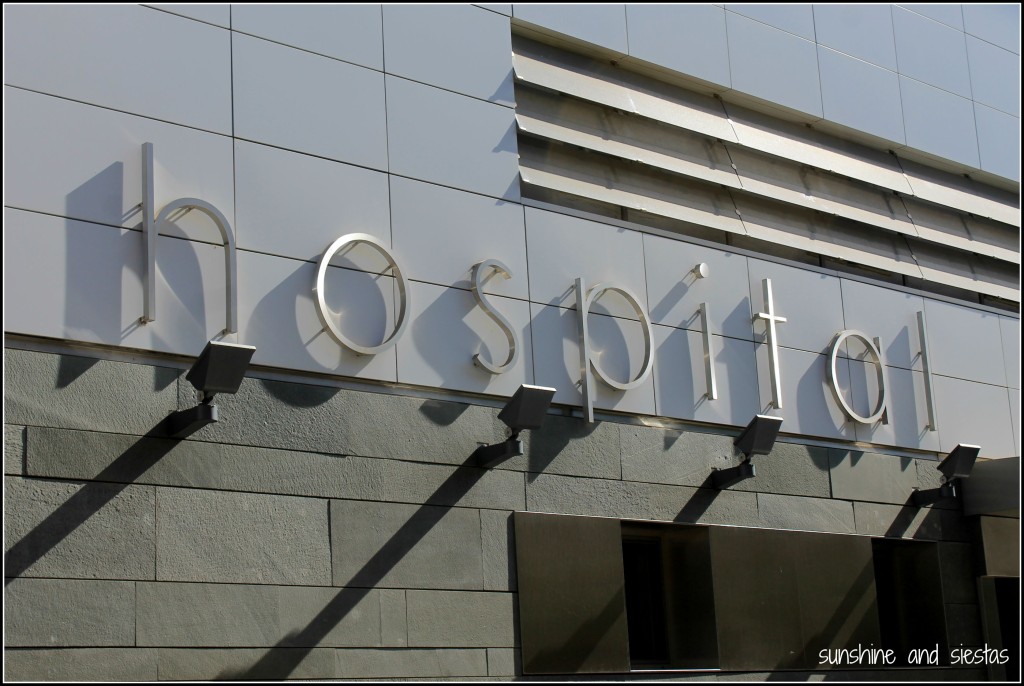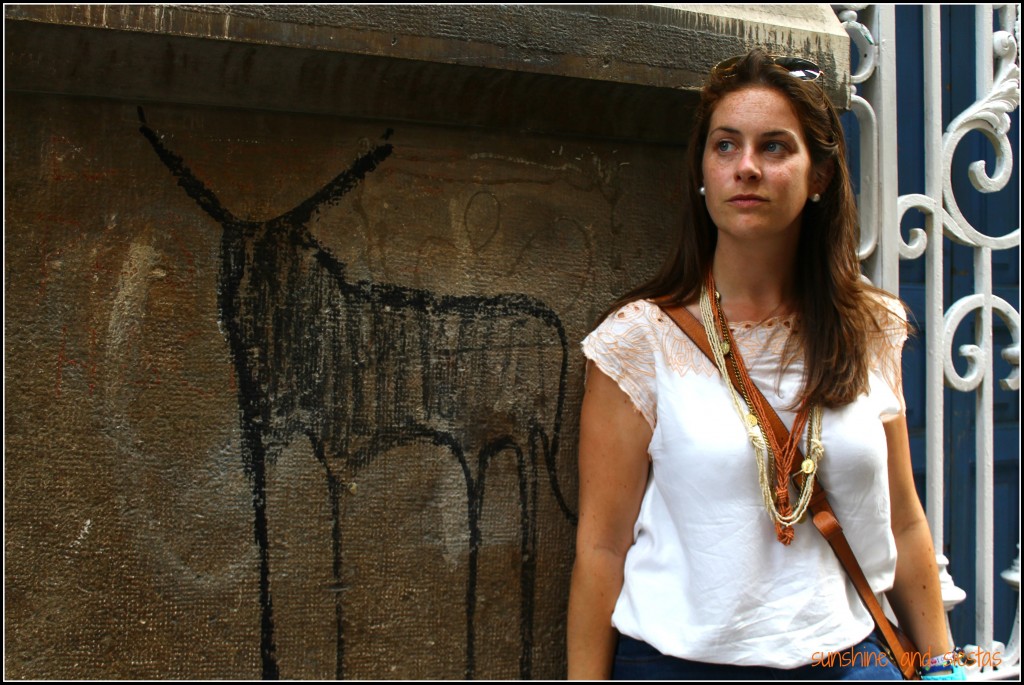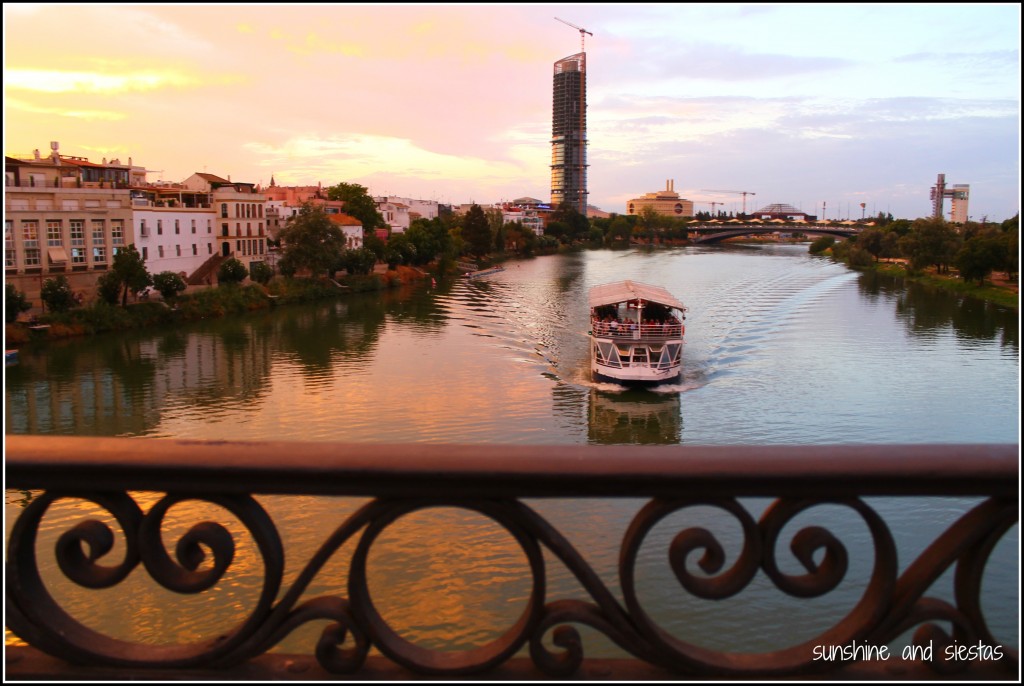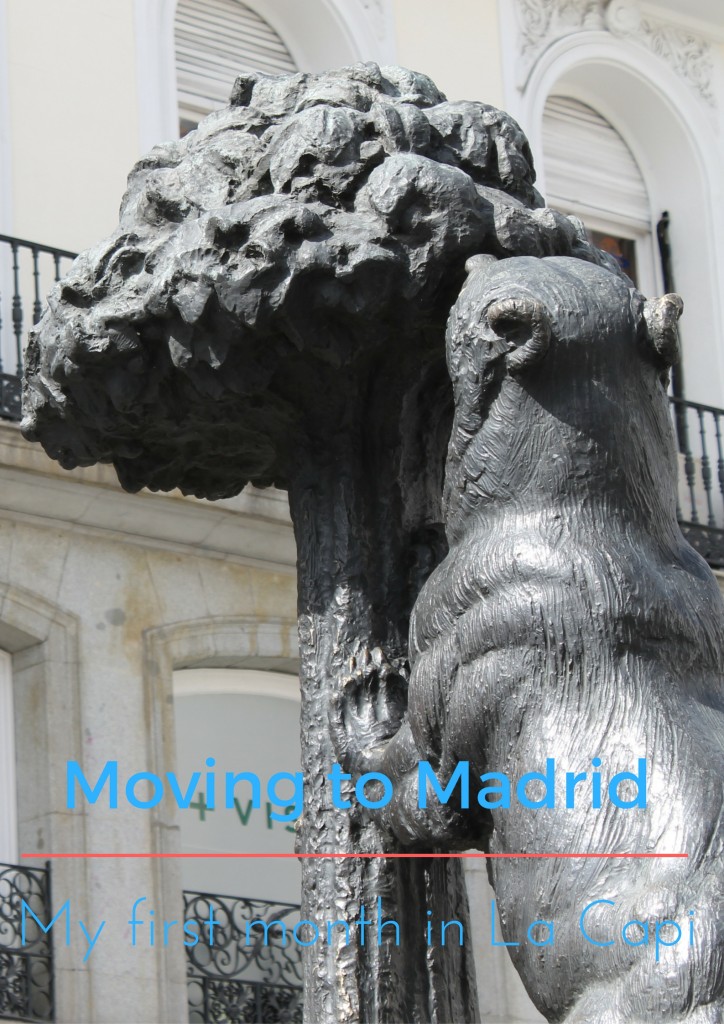Madrileños take Sunday Funday to a whole new level.
It seems like no one stays home on a Sunday afternoon, particularly when the weather behaves; one of the most beloved eventos domingueros is market browsing.
I’ve long been a fan of how Madrid’s most castizo markets provide the freshest, cheapest produce, and the modern food halls are an easy way to introduce guests – who often eat with their eyes first – to madrileño cuisine.
On any given Sunday the city pulses: morning flea markets are the start to a day plan that will end in a long lunch, countless cañas and some indie rock band in some rincón of the center of town.
Madrid, me matas. But mostly because I’m not cool enough for you.
In trying to get to know the city before the baby comes, I’ve drug myself out of bed the last few Sundays for some browsing, starting with the granddaddy of them all, El Rastro. Starting in Plaza del Cascorro and permeating the side streets in La Latina, the flea market operates every Sunday and local holidays from about 9am to 3pm. Believed to have begun 500 years ago when Calle Ribera de Curtidores was home to the city’s tanneries, the mercadillo bustles with everything from antiques to birds, clothing to flamenco dresses. It’s a bigger, more curious version of Seville’s El Jueves market.
I took my best friend recently, meeting up with a friend who lived in Plaza del Cascorro before the Sunday morning ruckus forced him to move. We weaved in between stalls, looking for souvenirs for her to bring back to her family in Chicago – an apron for her mom, a t-shirt for her dad.
I was far more interested in the treasures to be found on the side streets, from antique glass bottles to old books to vintage Spanish products, like Cola Cao tins or siphones with the plastic crumbling off. We stopped into the pet stores on Calle de San Cayetano and the antique shops tucked into old corrales de vecinos before snaking through the hilly alleyways of La Latina, stopping in the shade of the stalls to browse literally everything and anything. El Rastro has a life of its own come Sunday mornings.
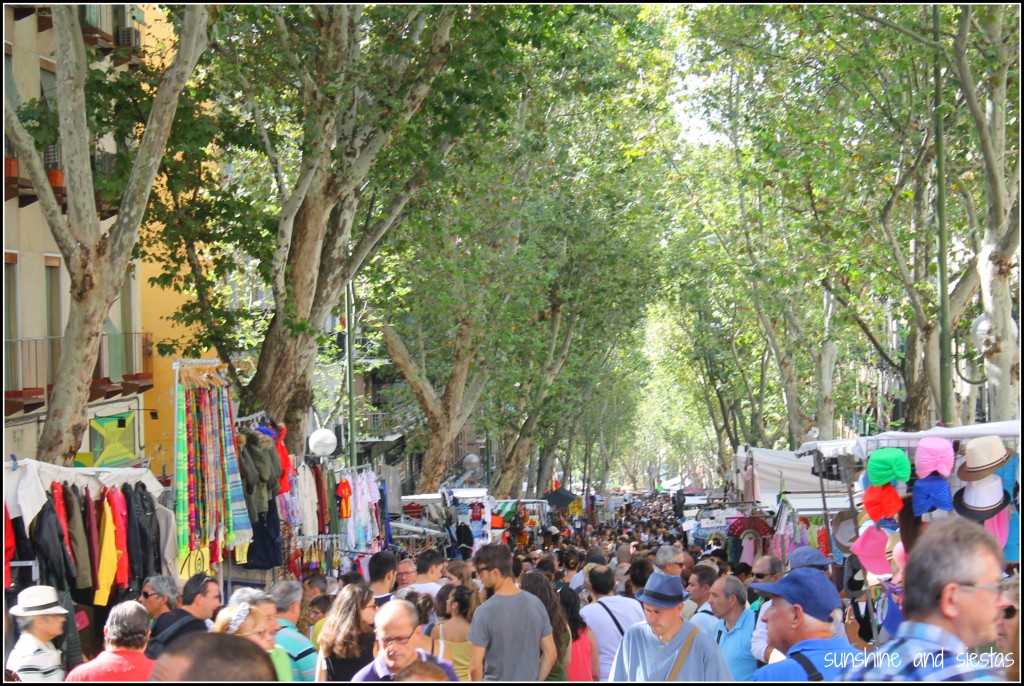
A trip to the Rastro means that every bar is spilling with people. We bounded from bar to bar, eventually taking turns eating a slice of tortilla and balancing our purchases in one hand with a drink in the other. Try Bar Santurce on Calle Amazonas for a cheap bite – they’re popular for their fried sardines and Padrón peppers – or the immensely popular Txirimuri for pintxos at the bar.
The following Sunday, I again pulled myself out of bed for the modern Mercado de Motores, housed in the railway museum a stone’s throw from El Rastro. Having grown through word of mouth, Motores is mucho más vintage – jazz bands plays catchy versions of Rihanna songs, a pop-up bakery pedals out treats to market-goers and second hand clothes vendors sidle up to artisans making jewelry from precious gems or bookshelves from salvaged wood.
I arrived at 11:25am and was shocked to find the place packed with more than just hipster looking to pick up a silk bowtie or new pair of kicks. There were German tourists pushing past groups of teenagers snapping photos next to trains and families sharing a warm cookie.
By far the most interesting part of the market is the building itself, a romantic, wrought-iron and glass nod to train travel in the late 19th Century, which houses eight vintage trains and a number of rotating exhibits. There’s even a coquettish steam train outfitted with a small cafeteria.
I couldn’t leave empty-handed – whether it was some cool piece for my house or at least a wedge of artisan cheese or a jug of artisan vermouth for the Novio – so I picked up a Blues Brothers movie poster for our room makeover and salvaged letters from an advertisement in Cubby blue that spell ‘Chicago’ from the bonafide flea market outside of the museum installations. Chill out music and the scent of burgers and papas arrugás from a circle of food trucks wafted from the back of the museum.
Thirty minutes later, I met the Novio for a Sunday afternoon aperitivo where he reminded me how careless I can be with money, even at a seemingly free event. But Sundays are for cañas and second hand stuff and meals outdoors! Maybe next weekend we’ll stay in?
El Rastro is held each Sunday and on public holidays from 9am until 3pm, weather permitting. The closest Metro stops are Embajadores, Lavapiés, La Latina and Puerta de Toledo. Free. Mercado de Motores is held the second weekend of each month from April to October, from 11am until 10pm at the Museo Ferrocarril, Paseo de las Delicias, 61. Closest Metro stop is Delicias. Free, though there’s often a line to get in.
Interested in other Sunday markets in Madrid? The Matadero Cultural Space sometimes runs their Mercado de Diseño, featuring young designers, food trucks and a 2€ entrance fee with drink.
I’m on the lookout for cool things to do before Baby Micro arrives! Any cool ideas? Share, por favor!
